|
Anyone who has given birth before can agree that it is one of the most transformational journeys of a person’s life. The intensity of contractions, the roller coaster of emotions, finding strength you never knew you had… it’s all so incredible and life-changing! However, those reading this who have experienced trauma during their births would not necessarily agree with the incredible part - more like incredibly terrifying. Something that many people don’t realize is that whether you had an empowering birth or a traumatic one (or a combo of each), this is the product of an intelligence within our bodies called the Central Nervous System. This system is highly influenced by our birth setting and responds in an attempt to keep us safe. Our CNS is an extremely important facet of birth, and so I thought it is definitely worth explaining to anyone who is about to give birth. CNS 101Our Central Nervous System is a complex system that regulates various hormones in our body to respond to stimuli from our environment. Everything we experience or perceive in the outside world will stimulate us (by physically affecting our nerve endings or by creating emotional responses in our brains), and these stimuli can either be painful or pleasurable. Once our brains receive stimuli, it is the job of the CNS to imprint these experiences into our cellular memory so that if the same scenario were to happen again, our system can prepare to either run away or fight the threat or invite more of the experience in to receive more pleasure. We have two sides to our CNS that handle painful and pleasurable experiences - Sympathetic (fight, flight, freeze or fawn) and Parasympathetic (rest, digest and reproduce). When our Sympathetic Nervous System has been engaged, it’s like the gas pedal of a car - it causes a release of stress hormones like cortisol, epinephrine and norepinephrine which will send blood to the parts of our body that will mobilize us to “fight” or “flee” the threat we are faced with. People in an engaged Sympathetic response will notice an increased heart rate, rapid breathing, body shakes, and a general sense of urgency. On the other side of things when our Parasympathetic Nervous System is engaged we can think of this as the brakes of a car - it causes a release of feel-good hormones like oxytocin, endorphins and serotonin which will make us feel good as well as tell our brain that we are safe which will engage recovery processes in our body like our immune system and reproductive function. The two sides of our CNS work in opposition, meaning we can’t be in fight-or-flight and rest-and-digest at the same time. But what does that have to do with birth? As you probably read here, reproduction is a function of the Parasympathetic nervous system. What this means is that in order to both reproduce and give birth, our body and brain needs to feel like it is safe to do so. This is a primitive function that all of us mammals have - it ensures that we don’t give birth when we are being attacked (think back to our caveman days, how on Earth could we keep the species alive if we birthed our babies while fleeing a wolf attack?). Now the difference between us and other mammals is our advanced prefrontal cortexes. This part of our brains is where we get our logic and much of our “book smart” intelligence from… but this high intelligence comes with a consequence, and that consequence is that we perceive a larger variety of threatening situations. Yes, our CNS would shut down labour and birth if we were being chased by a bear, but it also does the same when we are being yelled at, coerced, ridiculed, or talked down to as most of us have a very mammalian reaction to any of these behaviours. Our bodies tell us that these behaviours are threatening and it will start to mobilize us to flee the situation or fight against it. And if you don’t know, now you know… these behaviours are quite common within hospitals and with certain care providers. So let’s take for an example something as simple as someone rushing you through your birth. Perhaps you’re in the hospital and the doctor caring for you has told you that if you don’t have your baby in 4 more hours they are going to suggest a C-section. You really don’t want a C-section because open abdominal surgery is scary and recovery time is extended. So your CNS will take in that information and based on your perceptions of C-sections and being on a time crunch, your body decides it’s no longer safe to birth and starts to release stress hormones. With the presence of stress hormones, your oxytocin (the contraction-causing hormone) cannot flow freely anymore and you stop having contractions (or they slow down significantly). 4 hours later progress has stalled and you end up in the OR. All it took was one sentence from the doctor to shut down the process! All it took was one sentence from the doctor to shut down the process! How do I protect my CNS Now that we know what we know, how do we avoid going into fight-or-flight during our births? Unfortunately we cannot guarantee that this function will not be engaged at all in your labour. Sometimes threats happen regardless of how much we prepare. That being said, there are small steps you can take to increase the likelihood of you feeling safe during your birth:
1 Comment
Finding out your family is expecting a new little sibling can be full of exciting feelings. Being prepared, as well as preparing the big siblings can help ease the process. No matter if the sibling is young or older, there are many tips, tricks and supports to prepare them for this exciting milestone. Big FeelingsBig siblings can get very excited for a new little sibling announcement. The promise of playing together, and having a built-in forever friend. Rarely do children understand that for the first few months or more, babies won’t do much more than sleep, cry, poop and monopolize their parents’ time. This can often lead to unwanted “behaviours.” Behaviours are often expressions of needing support from their adult. For the adults though this can be difficult with a new baby. This is quite evident in children under 6 years where their general understanding of time and sharing are still work in progress. While we are also trying to adjust to losing sleep, a cocktail of hormones and a new family dynamic, often they are facing big emotions. Some of these emotions may include: JealousyFor the first six weeks (give or take) the birthing parent will spend a lot of that time recovering from delivery, as well as bonding with baby. This can induce feelings of jealousy which can show up in many ways. In very small children it could look like crying and temper tantrums, in children 6 years and above it could show up as being very emotional, not wanting to share, and being disconnected. To be proactive, start small. Ask your partner or a friend to come spend time with the baby, supporting and attending to their needs while you engage in on the floor activities with them. Colouring building Lego, snuggling for a movie and popcorn and other favorites. Once you are feeling healed remember to make special dates and activities just for the big sibling(s)and each parent. When the big sibling shows the emotion of jealousy, acknowledge and validate them. It is hard having someone be your everything (mom/dad/etc) and then one day they’re expected to split their time minimally 50/50 with no consent. That’s a huge change. If the child is older, it is okay to have healthy conversations about jealousy, turn taking and what just can’t be changed. “It’s hard to share, hey?”
That a parent’s heart grows for more children, not divides. If your kiddo is bigger, it’s okay just to talk to them and acknowledge these feelings. It seems scary when mom doesn’t help right away, hey? If they’re old enough it is okay to involve them in the problem-solving strategy of sharing time and validating feelings. Be careful not to shame them for their feelings. Shaming may sound like “you don’t need to worry” or telling them not to worry. They’re still working through this big concept. If they are still pretty young, it is okay to be fair and firm. Saying things like “I know its scary when mommy has to go into the bedroom to change their diaper, but I can’t hold you now. I need to finish changing them, and then we can snuggle.” AngryMom, dad, baby… whoever is involved, they are all enraging. They don’t let you do anything you want; you seem to always be in the way, and you’re not even fully sure you know what is going on. Being a new big sibling can be tough. This may show up as violence, such as biting or hitting or temper tantrums and stealing. Again, these feelings tend to work closely with jealousy. It is okay to show compassion by having strong, healthy boundaries. “I won’t let you bite me. I won’t let you hurt the baby.” Follow up quickly with what they can do. “I can’t let you hit me, when I’m done, I will sit on the floor with you.” I’m scared you will seriously hurt the baby and I can’t let you.”
Get them involvedThere are so many amazing ways to include big siblings with a new baby. Preparing them before the baby comes can be really beneficial. This might include watching age-appropriate shows or reading age-appropriate books, and then connecting how they are like the characters with their new baby. “See how the brother… when the baby gets here that’s what you can do!” I also liked to change the characters names in the story to my child’s name. Before my daughter was born, I would sit with my young son and watch tv shows that showed off characters getting new siblings. One example is Daniel Tiger “The Tiger Family Grows/Daniel Learns About Being a Big Brother.” It helped me use situations that happened in the Tiger Family which may come up for us. They also have great songs which we could sing together. Once the baby was here, I would remind him, “remember when… can you do that?” If your child is older, it is great to just talk to them and ask where they want to be involved. If they decline helping in certain ways, respect their wishes and honour their own boundaries. These should never compromise safety, but if you ask them to grab something and they say no, acknowledge they declined and let it go. If it is not a choice, do not present it as such. It is okay to describe the expectation, and then thank them when they’re done instead. This might end up sounding like “I need you to pick up your Lego so the baby won’t choke” and then once they’re done thanking them for their quick action and support. Get them excited
In the hallways I had fun stickers, art supplies and sensory activities I only brought out when the baby was down so either I could sit with him and play, or he could engage at the kitchen table and I would clean or prep food. The key was that these only came out when I needed direction and engagement. If the toys are consistently out, they can become boring and abused. When my little sister was born, I was four years old. I don’t remember much, but I have a happy feeling when I can remember that my parents gave me a My Little Pony, a gift from my newborn sister. My younger brother got a construction truck from her. So, when my husband and I found out we were pregnant with our second, we decided to include this tradition for our own son. At Christmas, our “baby” bought a doll for my son to care for until she was born. When she was born, we had a gift bag from our baby to him with lots of quiet individual activities he could do while mom was busy with her. A Water Paint pad from Melissa and Doug, new crayons and a blank paper pad, a doodle pad, a set of puzzles I knew he could do alone, and a stuffed cat which matched a smaller stuffed cat.
There are lots of ways to help big siblings get excited, such as including them in the design and decorating of the nursery, choosing books to share in the baby’s room, inviting them to the birth and giving them opportunities to be involved in the pregnancy. My midwife let my son listen to the baby's heartbeat and use the tools during the check up. However you choose to include the big siblings, this is a glorious event for everyone that you can look back on fondly with memories and milestones.
You’ve probably seen the usual – statues of mothers and goddesses, ripe and round, smooth surfaces, pristine images of a demure woman embracing a newborn infant who is gently suckling at her breast… something like that. The focus is usually on the birthing person and the child, fruit of their labour (literally). But I would like to talk about the other passenger of the womb, the star of the last stage of the birth process: the placenta. This incredible organ is created specifically for the baby in the womb and is composed of the DNA from both the mother and father. The placenta is not usually one of the celebrated parts of pregnancy and childbirth, nor does it elicit the same excited questions that usually get asked of the baby: “Omigosh, so perfect!” “How much did it weigh?? Wow, that’s a good size!” “How long did you have to push for?!”.
This particular print is from the birth story of one of the toughest mothers I’ve ever met. Faced with past birth experiences of difficult pregnancies, families across great distances, unplanned interventions, serious health complications, hospitalizations, etcetera… holding her hand in my left and my Starbucks Birthday Drink in the other, as we both pray for strength and how could we possibly know that, less than a year later, another child would be carried to term safely and joyfully? They welcomed Sukma Rengganis earlier this month, with myself, their doula, cracking jokes with the nurse and cheering them on. The little girl’s names are also chosen with so much intention: essentially, “a soul / spirit, for whom we wish that life is sweetened”.
*placenta artwork is on 11”x15” watercolour paper; medium is acrylic paint and ink; sealed with Dorland’s Wax Medium. Each print is a customized, commissioned add-on product that Mira offers to her birth clients; please contact her directly to inquire more! These questions I get regularly asked as a postpartum doula supporting families. Navigating the first days, weeks and months after a new family member joins the household can be blurry, overwhelming and feel like the longest but shortest days of your life all at the same time. Thinking about planning for your postpartum can feel unnecessary or maybe a bit daunting. However, it can also feel exciting and empowering to many families. 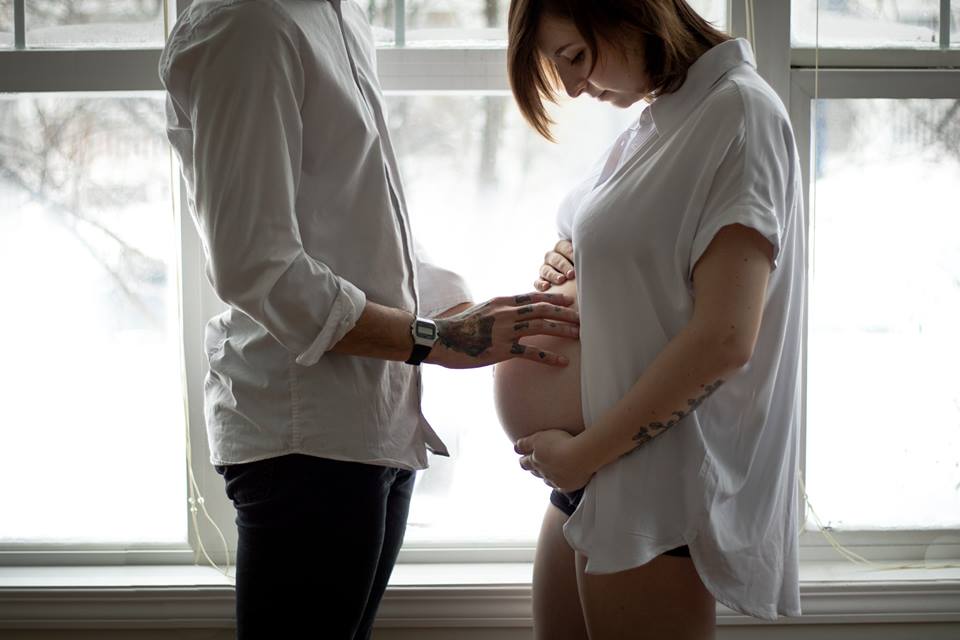 So what is it? Postpartum planning is the active role you take in thinking about what you will need in the immediate days and weeks following the birth or adoption of a baby. It can take on all sorts of narratives depending on your circumstances. Some families opt to use planning to set up meal trains, have errand runners, pet sitters, household cleaners and deliveries organized. Others use it more to help navigate the emotional / relationship changes that will possibly occur. They can give you referrals to modalities that you may not need immediately, but have listed on hand should you have to use them. Lactation consultants, massage therapy, chiropractor, babywearing resources, food delivery services are just a few of the resources we have available to share. Another common discussion when planning for your postpartum is recognizing the impact of mental health to both partners. Statistics show an increase in postpartum mood disorders when support systems are minimal. While mood disorders can affect anyone, they are common to occur in parents who have had previous mental health concerns or who experience any form of trauma during the pregnancy or birthing process. Understanding what to watch for and knowing where to go should there be any mental health concerns can be life saving. This is an integral part of planning, and goes back to understanding who you are as a person before you come to parenthood. So where do you start?
There are numerous templates available on the internet that can outline basic postpartum planning questions and ideas. Thinking about what you need and want by looking at those can be a great place to start. Having a session with a postpartum doula or support worker can also be a great tool to ensure you cover all your bases. The benefit of using someone who specializes in this work can bring attention to things that you may not have previously thought of, or been aware of. Another great asset to using a professional to help navigate a unique to you template, is the great community connections that they have. Postpartum takes a lot of slowing down, patience and kindness to ourselves and the immediate people who surround us. One of the best things I see when people think and consider the postpartum is the confidence and excitement that parents gain. Preparing yourself with tools, knowledge and resources not only sets you up for a more successful start to your parenting journey, but also can make healing and adjusting go more smoothly. Nobody starts parenting as an expert. If we go into this vulnerable stage of life understanding that we are at the beginning of a new journey, we can set ourselves up on a successful path. One that is rich with information, community support and confidence. Have questions? Reach out to the local birth workers in your community. Full Circle Postpartum Care is available to work with you to have individualized postpartum plans that work for you and your family dynamic. Book a postpartum session today and get started on planning for success.
Doulas reduce the risk of cesarean section, the use of pain medications, and increase the likelihood of a spontaneous vaginal birth, all of which can lead to a shorter hospital stay. This in turn helps reduce strain on our medical system. Doulas can also provide another set of hands to assist with non-medical practices, when nursing staff is already taxed and overwhelmed. Doulas want to be present at their clients’ births, not only to support their client but also to help support our frontline healthcare workers. Many of our clients have been reaching out to us; asking what they can do.There are many things that our clients and families can do to make their concerns known.
This is the birth story of a successful VBA2C and surrogacy journey, told by Marcy Gordon. Photographs by Vannessa Brown Photography It all began on Sunday May 23. I started having BH ctx and had them all day long, through the night and into the next morning. I admittedly was feeling very exhausted. The Monday, my 3yo was a handful. She got into black eyeshadow, peed on my bed (while I was cleaning up the eyeshadow mess) and then ate the tops off 4 cinnamon rolls while I was cleaning up my bed...I was done. The reality of being so pregnant, with constant contractions was hitting me a bit extra that day. I had my 37w midwife appointment on Tuesday May 25 and spoke to her about what had happened. Because I was a VBA2C I knew that induction with castor oil was not encouraged and I had spoken to her previously about my preference to not use it. So when I walked into her office and explained I was done by saying "I'm to the point of wanting castor oil" she knew where my head & heart were at. Instead, she offered a vaginal exam and if my body was preparing she would do a stretch & sweep if I wanted. I jumped at the chance. It was discovered that my internal cervix was at 4cm, while my external was at 1.5cm. Indeed, my body was prepping! We agreed to meet up that Friday and try to induce if things didn't happen by then.
She did another exam and said that she thought it would be successful based on my cervix, and if it was successful, I'd come back in and she would break my water and we'd be off to the races. She inserted the foley bulb and sent me home to wait for it to fall out. I was home all of 2 min and the damn thing burst, it had only been in for 30 min! Apparently it rarely happens. I guess I have to be the odd one. Haha. She asked me to come back in 2 hours to reinsert the foley bulb and try again. During that 2 hours, my body began contracting. Regularly. Hubby and I began arranging child care, he arranged coverage at work...just in case. And at 4pm on May 26, we went back to her office & I was already in labor. The foley bulb, while only in for 30 min had apparently done its job. I was 4cm dilated and contracting every 3 min. She decided it was time to stay at the birth center & have a baby!! WOOHOO!! We moved to a labor room and got settled in. I called the Doula, the daddies, the photographer & let my childcare know it was go time! Everyone showed up within an hour. After all, it wasn't full active labor yet, but was moving along. My GBS test results had not yet come back, so my midwife suggested doing antibiotics as a precaution. I agreed, it was safest for baby. She got the IV going and the abx were in right at 5pm. I begged for her to break my water, but she felt more comfortable waiting for the 2nd round of antibiotics to be on board, which had to be 4 hours after the first round. I compromised and asked to revisit that topic in 2 hours instead of 4. She agreed. Shortly after 5pm, the IF's and my husband went out to pick up dinner for everyone. Most everyone sat around the table at the birth center and spent time visiting & joking with each other. I was instructed to walk and do stairs to help things move along. I did so many stairs. I can't even explain to you how many flights of stairs I did. Yet, nothing picked up. In fact, everything slowed down. I was frustrated. Around 7pm I spoke to my midwife in private and we had a discussion about breaking my water right then. I was so tired from days of not sleeping. Walking & doing stairs. I just wanted to chill out. We agreed I could stop trying to get things moving since the plan was to break my water at 9pm instead, after the 2nd round of antibiotics, which she truly felt was important. I could use this time instead, to chill out & visit and just relax. Which I did. I had such good conversation with everyone and it was so relaxed & comfortable. No awkwardness amongst anyone. It was truly amazing and something I had wanted for so long - a peaceful, relaxed birth! At about 8pm I decided to hit the shower. The birth center has an unlimited hot water system...so who am I to turn that down? I stayed in there for 40 min. It was heavenly. But with water, comes tape removal. My IV tape was coming off and my IV itself was starting to come out. The midwife was able to push it back in, with what we thought was no issue. However, she hooked up the 2nd round of antibiotics at 8:45 and my hand was stinging!! Unfortunately, the IV had to come out as the antibiotics were going into my hand and not my vein. She inserted another IV into the opposite hand and we were off the races again. The antibiotics finished around 9:15pm and after that, she tried to break my water. Funny thing...if you're not contracting, there is no counter pressure inside the bag of water to help your care provider rupture the bag. I wasn't contracting. She tried twice and no go. She couldn't break my water. She did say I was 5cm though, so when I did have a contraction, it was doing something! Even so, I felt very frustrated. I just wanted contractions to pick up, on their own and get the party started, but it seemed everything I tried didn't work. I walked around some more. Went for an outdoor walk with my husband. Did more stairs. Nada. My midwife asked if we could try to get some good contractions going and if I could, she'd try to break my water around 11pm. Multiple times, throughout all the efforts I was trying, both my midwife & doula suggested nipple stimulation. While my husband was more than happy to help, the thought of it was A) embarrassing to me for some reason and B.) repulsive. I did not want anything touching my breasts! While I declined it, in the back of my mind I thought it might help just enough for my midwife to break my water. My midwife told me and my husband to catnap for a bit around 10:45pm. She suggested we try to rest before she would break my water. We rested until close to 11:30pm. I didn't fully sleep, but I did try to relax. I also did some nipple stimulation on myself close to the 11:30 mark, knowing my midwife needed a good contraction to break my water. It worked! I had 3 good contractions and she was able to break my water!! She also told me I was 6cm dilated. I thought FOR SURE this will kick me into labor, it was my guaranteed "you're having a baby today!" sign. She declared me officially in active labor. I was STOKED! Well. If birth is one thing, its unpredictable. Breaking my water didn't do squat. I had some good contractions for a bit, then they died off and I was right back to square one. I tried another shower, hoping the hot water might help kick it up a notch. Nope. More walking. Nope. Tried sitting on the toilet backwards. That didn't help either. I leaned over a birthing ball on all 4's, that was also useless. Again, my midwife came in and suggested nipple stimulation. By this time it was around 1 am. I still declined. They offered to try pressure points & a castor oil belly rub. Yup, I was game for those! I sat on a birthing ball while my Doula did pressure points on my ankles & toes. It felt really nice having a leg/ankle/foot rub, but alas, did not spur contractions. Immediately afterward, my midwife came in to do the castor oil belly rub. That also felt lovely. Belly massage was relaxing and she covered me with a warm towel to help absorption and said to stay laying like that for 30 min. We had nothing to lose, right? I had a few contractions, but then nothing again. I decided to hop into the shower again. My happy place. When I came out, I was feeling so very tired. My midwife strongly recommended nipple stimulation again, curb walking or doing lunges. The curb walking & lunges would allow me to avoid nipple stim, but they both the midwife and doula said my absolute best bet was nipple stimulation. I was to the point of desperation, I agreed to let hubby help me with nipple stimming. Everyone left the room, gave us privacy & my midwife said she'd be back to check on me in 15 min and listen to baby. Perfect. Let me tell you. Nipple stimulation WORKS. I laid down on my left side, and felt something change ever so slightly and thought nothing of it. Hubby crawled in next to me and before he even got to me, I was slammed with an intense contraction. Cool. Totally thought it was a one-off. We began working on the nipple stimming and like clockwork, every 2-3 min I was getting contractions. Not just any contractions. These ones were intense. I was so uncomfortable, yelling through them, injuring my husbands fingers and wrists. This was it. We were in the game. Midwife checked on me after 15 min, baby sounded happy as could be, she left us alone again to do our thing, but I instead just laid next to my husband and the contractions continued. My body was taking over and didn't need the nipple stimming anymore, YAY! This was around 3:30am or so. Before the next 15 min interval was up, my midwife came in and checked on me. My sounds were getting louder. More intense. She knew something was up. She had me get in the tub (which is something I wanted) and everyone came in the room and were very quiet and just hung out, waiting. I, on the other hand, was not quiet. I cursed. I yelled. I argued with people ("You can do this!" "NO I CAN'T!!") The contractions were becoming beyond any intensity I had experienced, and I was hitting my "give me drugs" point. I had my guys leave the room before my midwife did a quick check of my cervix while in the tub and to her credit, did NOT tell me my cervix was back down to 4cm. Without the bag of water, the cervix had closed slightly. Normal, but she knew I would be frustrated as I learned later on. She did say I was looking at potentially another 2 hours of labor though with the caveat that things might go faster, you just never know. I was dumbfounded. 2 more hours of these intense contractions? No. F*****g. Way. I wanted to tap out and get all the drugs. My doula, my midwife & hubby were all very positive and encouraging in their words to me. I was not kind in my responses to them. I have NEVER ever felt contractions like those. Around 4:15am my noises were changing and my midwife wanted to check on me. My contractions weren't letting up, I was feeling constant cervical pain and she was afraid my uterus may have ruptured. I was helped out of the tub, onto the bed and she checked on baby, who was totally happy. When I laid down, my contractions became 1 contraction that just didn't stop. No break. The peak of them, just kept climbing. I was screaming at this point. I couldn't talk. My husband was crying b/c my sounds were actually scaring him - he had never heard me like that. 7 births and this was the most intense by far and he was so worried about my level of pain. My midwife did a quick cervical check at 4:26am. I was 6cm.
I heard 6cm and not the 10cm I was hoping for and was certain I was going to die. There's no way a human can survive this level of pain. It just isn't fathomable. I wasn't feeling pushy. I had no rectal pressure. In my head I was certain baby was never coming out. The one long intense contraction that was still happening suddenly hit a level beyond comprehension. I was writhing from pain, screaming at the top of my lungs and suddenly pushing, involuntarily. It was very strange, but my body took over. My mouth slammed shut, I bore down but didn't have the energy and didn't catch my breath, but couldn't stop pushing. My midwife called for the 2nd midwife who was in the room next door grabbing some shut eye. Before she made it into the labor room, baby was already out. The daddies barely made it back in, they caught a glimpse of her birth as her feet were coming out. She was born at 4:32am. Oh. My. God. The relief. All the pain, the intensity, everything just stopped. Like a light switch. It felt SO good. It was instantaneous. Baby was placed on my side briefly as I had pushed in a sidelying position. I rolled onto my back, held her snug and invited her daddies (who were standing next to me) to come sit next to me and meet their new daughter. They walked around to the opposite side and snuggled right in so baby's cord wouldn't pull. They were beaming and I was grateful! As soon as the cord stopped pulsing, they cut her cord and got to snuggle with her in some comfy chairs. I however, wasn't faring as well. My placenta was bleeding a lot. My midwife became concerned quickly. I was given an oxytocin shot in the leg, along with IV oxytocin and she encouraged me strongly, to get my placenta out ASAP. I pushed multiple times, but it wasn't coming out. It took a good 10 min and some traction from her, but eventually all my pushing helped and it came out. As soon as it was out, the bleeding was under control. I lost about a liter of blood total. It was considered a hemorrhage. My first time experiencing that! My midwife looked over the placenta. To make sure it was fully intact and found out I actually had a placenta with a velamentous cord insertion with the blood vessels actually growing into the membranes. Something that was never discovered on ultrasound. She was amazed. VCI's can be dangerous, but no one knew! Once the placenta was all oooh'ed and ahhh'ed at, the midwife made us all breakfast. I got a huge apple cinnamon waffle with a mountain of whipped cream and a fruit parfait. It was delectable. I also drank wine straight from the bottle. Wine & Waffles should be a new breakfast combo. That wine tasted like pure heaven on my tongue. The daddies ate their breakfast outside the labor room so that hubby & I could have some time to us and get a bit of rest before leaving to go home. We woke up a couple hours later around 7:30am. I had a shower, which was stopped almost immediately as I was nauseous and faint. Cold cloths were immediately put on my neck & head and my midwife gave me IV gravol. I moved back to the bed and laid down for a bit. She was about to give me IV fluids but somehow, between the time of the IV gravol going in and fluids, my IV had blown and the saline was going into my wrist instead of my vein. She took out the IV and I was instructed to drink water, lots of it and quickly. I felt very waterlogged after that. But after 15 min perked up. The daddies came in to say goodbye. They were about to take their new baby girl home!! I got to hold her and truly enjoy that snuggle...and hand her back. They were smitten and it was heartwarming to see. After that, my doula helped pack up our stuff, she helped me with the shower and get dressed & we took a cab home. Neither me or hubby were in a wake enough state to drive safely. It was a memorable birth. I got my unmedicated double VBAC (VBA2C), with an unknown valementous cord insertion & a 1L post birth hemorrhage. But I did it and I feel so content. ️ A labour and birth story in the time of a pandemic, written by his mother, Pamela Sims.
The pregnancy was full of anxiety with little reason. I was sure that since we got pregnant quickly that it would end just as quickly. I was sure that because I was pregnant I would lose my chance at a contract. I was sure that I would get Covid and it would hurt the fetus. I was anxious. But all of the anxiety was misplaced energy. As we got closer to my due date I began to worry that COVID rules were going to prevent my doula, or worse Mike, from being there. The day before my water broke, I cried telling Mike that I was worried about us seeing people because if he got sick, he wouldn’t be able to be with me. I already knew that if I was induced that he wouldn’t be able to be with me until I was moved into labour and delivery. I wanted to make sure that he could be with me for as much of the experience as possible. I was 39 weeks pregnant on a Sunday morning around 8am when I noticed that there was a bit of fluid in my underwear. I was starting to wonder if it could be my water breaking so I googled “how to tell if my water broke or if I peed my pants.” I was mortified. When Mike came into the bedroom to get ready I said, “I just want to give you a heads up about where I am” as I showed him what I had searched. He laughed; so, I laughed. Fluid was definitely coming out! I burst into tears! I was immediately overwhelmed. Mike suggested we call Sonya, our doula. Sonya quickly confirmed that it was most likely my water. I laugh-cried. I couldn’t believe that I had just called another adult to ask if I peed my pants. We made our way to the hospital. Because of Covid Mike had to leave me at the front door and I was brought up by a porter. Earlier in the pregnancy being separated was my worst fear. I was so grateful for Sonya because she had prepared me for having to go up on my own. They checked both me and the baby’s vitals and did a swab of the fluid. I was one centimetre dilated. While I waited for the results, I put my hair into French braids. Having my hair in French braids felt like it was going to be a difference-maker in my labour experience. The doctor came in and explained that my water had indeed broken, but with no contractions. I had to decide if I wanted to wait to see if they would start or if I wanted to be induced right away. I called Mike and then we conference called Sonya. We discussed the options and Sonya explained the process. I decided to go home and see if the contractions would start on their own. I really wanted to avoid being induced. I knew that typically contractions from an induction hurt more and that increased the use of an epidural. I wasn’t against pain medication, but I wanted to limit what was used and how much if possible. I knew the induction would make those choices harder. I also knew that if I was induced that Mike wouldn’t be able to join me until I was in active labour. That could be hours. I didn’t want to be separated from him. We went home and finished getting ready for baby. Mike had some work he had to get done that week so he also made good use of that time. We ordered dinner and mom came over to rebraid my hair. Again, this was an essential part of my birth plan. At 8 pm we made our way back to the hospital. Mike took me to the door and then went back to the car. I went up to be assessed. I was still one centimetre dilated with no contractions so the doctor and nurses began preparing for me to be induced. We were very fortunate. Good timing in a pandemic. It was a slow day in labour and delivery so I was moved to labour and delivery right away. Normally, they don’t move you until you are in active labour. I was terrified that Mike wouldn’t be able to support me through this time and he would be in the car for hours. Because they were able to move me in right away, he was able to support me through the whole experience. 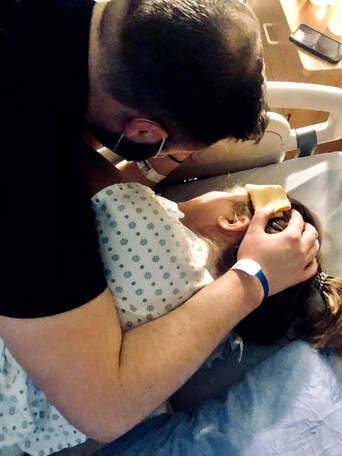 Contractions did not start right away. All night the nurses checked on me and the baby every 30 minutes because I was on the highest dose of oxytocin they can give. Around 8 the next morning I stated to feel minor contractions. They escalated quickly. Mike texted Sonya to ask her to join us. By then the contractions felt like my pelvis was splitting in two. I decided that they could “cut the baby out” if they wanted to. I just needed the pain to stop. I waited to make any decisions about pain management until Sonya arrived. Once she was there we discussed comfort measures and pain medication. I decided to try fentanyl. They didn’t want to give me morphine incase I wanted an epidural later and the morphine could still be in my system. The nurse was really concerned that I would need an epidural and would not be able to have one. I felt strongly about starting with a smaller type of pain medication before going all in. I’m so happy I did. The fentanyl work perfectly for me. I dozed between contractions and no longer wanted them to cut the baby out. As the contractions became more frequent and intense I needed Mike beside me. Sonya supported us in this need as well. She made sure he had everything he needed so he didn’t have to leave me. Mike supported me by doing double hip squeezes, swaying with me, and anything else I asked. I wasn’t allowed to eat but I snuck some orange slices anyways. I thought I was sneaky, but then I threw up. It was very apparent I had eaten more than just “clear foods”. I threw up one more time during labour. When I felt the need to vomit coming on, I yelled for something to throw up into. The small kidney bowl was not enough. Mike ended up covered in vomit. As the nurses tracked him down a new pair of pants, I laughed and asked Mike to text my dad because he would be able to relate because my Mom threw up on him when she was in labour with me! I found out later that my dad immediately called my mom to discuss how similar their experiences were. 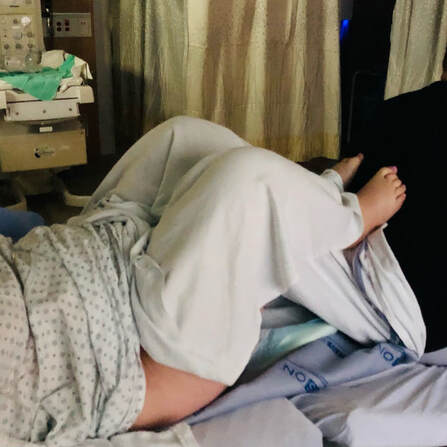 The contractions progressed and I started to feel a urge to push. Sonya caught that one as well. I kept going to the bathroom, with Mike in tow. She asked if I was feeling the urge to push and I admitted I was. They told me I couldn’t. Not pushing when your body wants nothing more than to push was torture. A nurse suggested that I push against Mike when I felt the urge. So while he ate his lunch I pushed against his back with both feet. We cycled through multiple positions and comfort measures. Not pushing continued to be the worst part. All I wanted to do was push. They checked my cervix and I was 9 cm dilated and fully effaced on one side. By the time I was fully dilated but the one side had not changed. I was prepared to beg for them to let me push. I asked Sonya to explain to me why I could not push. I reluctantly accepted her answer and continued to wait. And wait. When they finally told me I could push I was elated. I realized for the first time I had not even considered asking for an epidural. I wondered briefly if they would give me one at that point. I was just so relieved that I could push. Sonya explained what pushing would be like and how the baby needs to travel. They explained that there would be additional doctors in the room in case the baby needs support because of the fentanyl. I pushed on my back and then on my side. I moved to my back again. I could feel my body getting tired. My arms were beginning to ache and feel weak from using them to leverage. I was no longer able to use the handles to help me push. I had Mike on my right side and our nurse on my left. As the baby got close to crowning Sonya helped me reach down and feel his head. As the baby crowned, my contraction ended. I yelled, “I want another contraction!” The nurses and doctors laughed. When the contraction finally came, they talked me through the push. I was ready for the sensation of his head leaving my body but the rest of the birth surprised me. I panicked and asked for someone to explain what I was feeling. Sonya quickly explained that what I was feeling was his shoulders, followed by his torso, and then his feet. And he was born. They placed Oliver on my stomach. I could feel him but could not see him clearly. I was immediately in awe of the small human laying on my stomach. Everything slowed down. There was plenty of movement and I am sure that the doctors and nurses where moving quickly but all I could focus on was that the human I have been waiting to see was here and Mike. We had made this tiny human. Mike cut the umbilical cord and they moved the baby up to my chest. I still couldn’t see him clearly but I could feel and hold him. I was in awe. We tried to get him to latch to start breastfeeding but my nipple wouldn’t cooperate. Sonya encouraged us and made suggestions but when it wasn’t working she made sure I felt that it was okay to stop and try again later. I was so full of questions. Did I tear? (Yes, first degree with a small second degree tear) Did I poop? (“I normally don’t tell but no.” However it is possible she was lying) Does he have two eyes? I have only seen one! (Yes) Does he look like he had Down syndrome? (He had markers for Down syndrome at our anatomy scan. No). We all guessed his weight. Sonya, the doctors and the nurses all guessed around 7lbs. I guessed 3. He was so tiny. How could he be any bigger than that? 7 lbs 10 ounces. We moved into the recovery room. We started making our phone calls to let our family know he was born. Because of Covid we knew no one would be able to meet him until we got home. Little did we know, the government would be prohibiting all gatherings the next day. While we broke the rules for our parents, his aunts and uncles still haven’t met him at 7 weeks old. The rest of our visit was a blur. We had a great experience at the Grey Nuns. I was extremely proud of myself for asking for help with nursing each time. We stayed an extra night to get more support with Oliver’s latch. The paediatrician had no concerns but the nurse that was discharging us seemed concerned about his colour. We went home. We were so excited to settle into our new life! We had a lot of support lined up. Our doula was going to be there the next morning and my mom and stepdad were next door. I felt confident. The next day we had our appointment with the public health nurse. The nurse was concerned about jaundice and sent off a blood sample. She explained that if the numbers were as high as she thought they might be, he would need to be rehospitalized. I cried. We went home and waited to hear back. 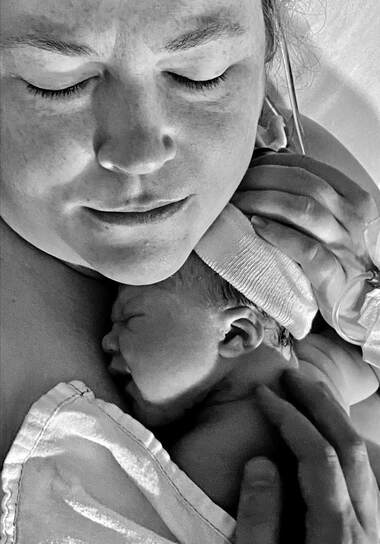 About 4:00 she called and said he needed to be admitted back into the hospital. She said only one parent could stay with him and that since I am breastfeeding it would be ideal if it is me. I have been a mom for less than 72 hours and I am going to be alone in the hospital. I know many women experience this but it wasn’t what I had thought my experience was going to be. My heart was breaking and I was terrified. When we arrived at the hospital we were pleasantly surprised to find that Mike could stay with us. We weren’t in the NICU like I imagined but a postpartum room. We were together in a comfortable space. They even had dinner for one of us. Breastfeeding while Oliver was treated for jaundice was different. I was told to time my breastfeeding and then pump after. Oliver was to eat formula. I felt like I had failed him. I couldn’t be enough. This started a whole new set of feelings and challenges. We spent two more nights at the hospital until his numbers were in the clear. While the doctor said he was healthy and in the clear, my confidence was shaken. The following week we saw a paediatrician and a lactation consultant. Both were not concerned about Oliver and I felt like we were ready to settle in. The lactation consultant suggested we get him weighed around two weeks. When Oliver was weighed at two weeks, he was not back up to his birth weight. At his three week checkup he was still not there. He was not gaining weight as fast as he should be. I was devastated. I failed him yet again. We started combo feeding. It has been an adjustment that is stressful and disappointing but he is growing and healthy. I’m starting to trust my instincts again but it’s hard after feeling like I’ve dropped the ball so many times. After feeling like I have failed him so early on. I’m trying to settle in. I’m starting to trust myself. I’m starting to trust him to tell me what he needs. It was a bumpy start but we are okay. We are healthy. We are happy. Seven Sisters for Seven Days |
| Thank you Praeclarus Press for sharing this book with us, we will gladly be adding it to our client lending library. Praeclarus Press, LLC is a new small press owned by Kathleen Kendall-Tackett, Ph.D., IBCLC, FAPA, a health psychologist and board certified lactation consultant. Dr. Kendall-Tackett has been an author and editor in women’s health for more than 20 years. To purchase this book, click here. |
Google image: The maternity hospital in Sassandra, West Africa
My husband is working in Sassandra on the Ivory Coast of West Africa.
I decided to go visit him. I, fortunately took the CAPPA Labour Doula course with Sonya prior to leaving. Once I arrived in Sassandra, I went to the Hospital General De Sassandra (HGS) and asked for one month work experience as a doula in training.
Doulas roles are not known in Ivory Coast, at least not in Sassandra.
I was granted permission to help in the delivery room and to follow the midwives directions.
Esther ( far right) at Doula Training
It was hard for the midwives to grasp the idea of the role of a doula. “So you just want to spend time with the mother to be, give her relaxing massage, talk to her and hold her hands? “
“Yes,” I would reply. They will laugh and say, “wait and see, these women are not grateful at all, they will abuse you”.
Let, first of all introduce you to the delivery room.
It’s a big room divided in 3 5 feet section. There is 2 bathrooms (toilet). One is to be used by the mother to be or pregnant women and the other one has a sink where there is a basin with a bleach solution, a big garbage bin with a bleach solution where the basins used for birthing are disinfected; there is a smaller garbage bin where all placentas are put before being buried by the hospital staff.
There is only one person allowed in the birthing room, the mother to be. No other family members is allowed in, and men are strictly forbidden.
There is only one position allowed during labour, on the left side of the body facing a white tiled wall. This position is to be kept regardless of the length of the labour.
After giving birth, the mother is kept in the room for 15 to 20 minutes in order to verify that there is not unusual bleeding; if not, she is cleaned with wet rags, a traditional pads is installed, she dresses up and is moved to the pre / after birth room.
The pre / after room is a bigger room with 10 beds, 2 big doors and 2 windows. It gets quiet hot in that room by lack of fan.
Upon arrival to the delivery room, all pregnant women are given IV, regardless of how dilated they are or not.
The hospital area outside. Image Google
There are 2 birthing options given: a vaginal delivery or C-Section. Most women choose the vaginal option.
Many days, there were no gloves available in the delivery room or needle with thread to suture a woman who had an episiotomy.
Upon arrival, the midwife gives a prescription for a birth kit. The mother to be family go to the hospital pharmacy and get a free birth kit. The birth kit has 10 pairs of gloves, needle and thread, umbilical cord clamp, cotton gauge… 10 pairs of gloves are quickly used; between doing the HVI test, installing IV, taking blood sample, checking for dilation…The family need to purchase more gloves and cotton gauge. In general, there were 2 midwives, 2 LPN, 1 hygienist and 2 trainees (cleaning the room and materials used) on duty at time. The whole hospital had one gynaecologist and another doctor who was training to become one.
The gynaecologist performs the C-Section, cleaning of the uterus (after and abortion made outside of the hospital or miscarriage) and sees pregnant women or women who want to become pregnant.
After a week observing and not interfering with their practice, I was treated less like a foreigner. They still kept calling me “The Canadian girl” and no one knew my name.
When they started looking at me differently, I dared asking for some favours. Some got given to me with a “the Canadian girl you do what you want” and some other time with “we don’t do this here”. Regardless of the answer, I will thank the midwife.
Not only did they no longer interfered when I was by a mother side by making unpleasant comments, but they would even sometimes call me when a pregnant woman was hard to deal with, mostly because she was in great amount of pain and didn’t know how to cope with it.
I was able to attend to 14 pregnant women and observe the change in the way they were coping with pain when they had me by their side.
Some women came in almost fully dilated, at that moment, it became almost impossible for them to grasp anything I was telling them.
There is a huge lack of information.
Most women had no understanding of what a contraction was and the contraction phases. Most women didn’t know how to push in order to expel the fetus. Women would come in and complain of stomach ache and low back pain and be sure that the pain would never end and that the baby would kill them. I noticed it even in mothers who gave birth before.
Episiotomies, if the pushing phase went longer than ten minutes, an episiotomy was performed. Once the baby out, the umbilical cord is cut right away and the baby is taken away and cleaned.
Fundal Massage, the midwife massages the uterus and the placenta is either expelled or pulled out.
Baby removed from mother, After birth the baby is wrapped up and placed in a heated incubator. No one informs the mother the sex of their baby or if baby is healthy or not. No one lets the family members know if all went well, while they are waiting outside.
Here are few examples or changes that took place when I was there.
AHOE
3rd pregnancy, 2nd one, delivered at 8 months passed away shortly after birth
She came in just for a check-up, she was in her 8th months along. After being checked the midwife, they decided to keep her, she was dilated. The amniotic pouch could be seen at the entrance of the vagina. The mother was really scared; scared that she would lose this one too.
She kept telling me how her last born died because she was not full term and that the same was happening with this pregnancy also. I stayed by her side and reassured her that at 8 months the fetus can live on its own. At one point, I wanted to leave for a minute to check on a pregnant lady who just came to the next cubicle; she held my arms and asked me not to leave her alone. I stayed.
She gave birth to a beautiful baby girl. The pushing phase was quick, she didn’t even made a sound. I was by her side during the whole delivery and she did squeeze my hand pretty well. As soon as her daughter came out and the umbilical cord cut, I asked the midwife if I could put the baby on the mother breast. I was allowed to do so. The placenta came out pretty quick. When I removed her from her mum breast, she started crying, but by then I was not allowed to put her back on the mother breast.
KOUAME
3rd pregnancy
It was great, I had more time to teach her breathing technique and do some hypnosis on her, mostly by telling her to focus on an object or just to look at me when the pain became unbearable. I taught her also how to push effectively. During the active labour, I could see her panicking, I would then look only at her and ask her to look at me, in the eyes, even though the culture here teaches us that it is rude to do so. She would and I would tell her how strong she was and that she can do it. She would then go back to her breathing. When the time came to push, baby was born in two pushes and without an episiotomy.
KABOURE
1st pregnancy
A young girl.. While coaching her, she kept looking at me, which meant turning on her back . All women were instructed to stay on their left side when in labour. The midwives were not happy about her not following this rule. I finally found out that she was deaf and good at lips reading. It was challenging, between having her stay on her left side and trying to pass the message through.
In order to make the delivery happen faster, the midwife placed a pill in her vagina. She was a strong young girl. In no time, quietly she pushed and the baby was out.
MARIAM
This one was the most challenging birth I have been part of.
A young married girl, 17 years old. It was her first pregnancy. She was circumcised, so the opening to her vagina was reduced. She couldn’t cope with any amount of pain. At each contraction, she would start crying, having big tears roll down her cheeks. I could not move an inch or leave her hand. She would just move into panic. It was really difficult. At times, I felt that she didn't understood French. I felt like she could not hear anything I was saying. I asked the midwife if the mother or auntie could be allowed in the room to translate to her what I was saying. Surprised, they allowed both.
After the visit, she was a bit more calm. She would move in the position she felt comfortable, and the midwife would not be happy. I would then ask her to be on her left side so I could massage her back; she would comply, but as soon as I would stop she would turn to another position.
During the pushing phase, she pushed hard and the baby head was at the entrance of her vagina. She refused to push because it hurt anytime she would. Then the midwife decided to perform an episiotomy.
She started kicking and screaming, asking the midwife not to cut her and that she could push. She would try again and again, but nothing would happen. Her mother was allowed again in the room, but instead of encouraging her daughter, she started yelling at her, so she was asked to leave. It was challenging, because everyone else was telling her how her baby was suffocating and would die because of her fault.
I would turn her head to me, look at her and asked her if she can push more. She started getting tired. By talking to her and explaining the reason of having an episiotomy, it was performed (according to the nurse), she calmed down a bit and was cut. She pushed hard and the baby head moved down to the vagina. The pain, “Burning sensation” made her jump and she almost sat on the baby head, the midwife reacted quickly.
Soon the baby was out and I saw her relieved from the pain.
When asked her mother how they are planning to call the new born, she said, “Do not cut me”, making fun of her daughter.
Most women would come to the hospital complaining of stomach ache, not understanding that they were having contractions.
Most women did not believe me when I told them that as soon as the baby is out, the contraction will stop.
Most women were afraid to even hold their baby once s-he was born.
One mother asked me to remove the baby from her breast; she was feeling too much pain while being sawn after an episiotomy.
MY OBSERVATION
When spending at least 2 hours coaching the mother to be:
- The only time episiotomies were performed were either the mother couldn’t push properly (lot of women were ashamed of having stool come out) or the midwife wasn’t patient.
- The delivery time was less: after couple of pushes the baby was delivered
- It seems easier for them to cope with the pain
- She still had enough energy to push
- She was less tired after the delivery
A doula really does impact the delivery time and process.
Doula, Esther Wilsi with a new baby.
We were thrilled to have one of our collective members, McKenna Kirby test the beautifully handcrafted assortment during her pregnancy and in the postpartum period. You can sense the care and attentiveness in the development of these products, each holds a luxurious scent and are delicate in the skin.
A super moisturizing and absorbent butter for dry, itchy pregnant bellies, or anywhere else that needs some extra love. Formulated with shea, cocoa and mango butters, plus rosehip and argan oils to improve skin elasticity.
Sakina Birth 3 Trimesters Belly Butter comes conveniently in stick form, making it extremely easy to apply to your belly without getting it on your hands. The smell is sweet and floral, but like other Sakina Birth products I have tried, manages to not overwhelm your senses. The butter glides on easily and immediately helps soothe the itchiness that can come with pregnancy and stretching skin.
A super treat for tight, itchy pregnant bellies in any trimester! Specifically formulated with rosehip, raspberry seed, evening primrose and argan oils to improve skin elasticity, moisture and help refuce the appearance of dark spots.
Available in a small and easily portable glass container, this belly serum conveniently comes with a built-in drop dispenser. The smell is earthy and slightly floral, but not overwhelming, a nice change in comparison to your usual run-of-the-mill belly oil, which sometimes feels overly perfumed. Sakina Birth 3 Trimesters Belly Serum left my generally dry and itchy third trimester pregnant belly feeling moisturized and soothed, without making my skin or hands itchy or oily. My main concern when finding the perfect belly oil is finding an oil that will apply nicely to my skin without leaving oil stains on my clothing or an uncomfortable sheen across my hands, and this belly serum sure delivered. I am not over exaggerating when I say that this serum has easily surpassed any others I have tried to quickly become my favourite.
You could use each product or combine both Sakina Birth 3 Trimesters Belly Butter and Belly Serum into the ultimate pregnancy belly skin care routine. I personally prefer to use the lighter belly butter in the mornings and apply the heavier and more concentrated serum before bed as an extra boost of moisture and relief.
Massage Oil
An emollient and extremely moisturizing oil formulated with apricot, kernel and camellia oil for dry, sensitive and mature skin. Use as a massage oil or as an after-bath moisturizer.
Sakina Massage Oil is made from a variety of luxurious oils (and made a great excuse for a lengthly massage from my husband!). The oil warms quickly and easily in the hands and feels great during a massage. My skin was left feeling moisturized and soft, and didn't feel greasy or oily, which as mentioned above are huge plusses for me when it comes to oil products. Overall, I was really pleased with the Sakina Massage Oil and it's results. My skin felt great and the massage was smooth and relaxing.
4th Trimester Perineal Spray
A soothing spray to help heal sensitive perineal tissue and ease the discomfort and post-birth swelling, bruising, tearing and haemorrhoids.
Sakina 4th Trimester Perineal Spray provided much needed soothing and cooling relief during my postpartum period. I kept the spray in my bathroom where it could be easily accessible, a staple in my postpartum recovery basket. The perineal spray was the perfect solution to some of the pains many women (myself included) experience following the birth of their baby. I highly recommend picking some up for your own postpartum recovery bin.
Baby Bum Spray
A great alternative for eco-conscious parents who want to avoid conventional baby wipes. Specifically formulated to combat diaper rash and irritation, while adding moisture back into sensitive skin. Cloth diaper safe.
Using a bum "spray" was something unfamiliar to both my husband and I, but I must say, after a few weeks of use, I'm impressed! Sakina Baby Bum Spray made cleaning newborn meconium much easier than the use of conventional wipes, helping it glide off instead of sticking as thoroughly as it generally does.. If I cloth diapered, I think I'd use this in place of generic baby wipes for sure.
Baby Bum Balm
A healing and soothing petroleum-free alternative for daily diaper changes, specifically formulated with organic calendula, chickweed, chamomille and myrrh to combat diaper rash and other skin irritations. Cloth diaper safe.
Sakina Baby Bum Balm was absolutely lovely. My eldest child has always been prone to diaper rash, and it seems my youngest is no exception. After the first crop of redness appeared, we started applying the baby bum balm quite liberally at most diaper changes, but especially after poops, and it has made quite the difference! The bum balm is easy to apply with your hands and makes a great barrier between the skin and diaper.
4th Trimester Nipple Balm
A healing balm for nursing mamas to help combat soreness, dryness and the minor cracks & discomforts that sometimes accompany breastfeeding and pumping.
4th Trimester Nipple Balm is very soothing and healing on your (possibly sore) postpartum nipples. I found the balm non-greasy and felt it soaked into the skill well, providing moisturizing relief. I particularly like to use this balm while pumping, as I am one of those people who needs to lubricate prior to pumping or else it is not a pleasant experience. A good pumping lubricant is something that not a lot of people consider for their postpartum period, and I do recommend you give the Sakina Nipple Balm a try.
Overall, I was extremely impressed and happy with all of the products sent to us by Sakina to test. I can honestly say there wasn't a single product that I wasn't pleased with. I highly recommend this brand, especially if you enjoy supporting local and natural-minded businesses. In particular, the 3 Trimester Belly Serum is by far one of the best pregnancy oriented belly oils that I have encountered so far.
Full Circle Birth Collective received these products free of charge from Sakina in exchange for a honest review. This is not a paid promotion.
Categories
All
Birth
Birth Prep
Birth Stories
Breastfeeding
Cloth Diapers
DIY
Doula Approved
Herbs
Humour
Hypnobabies
Learning
Loss
New Baby
Newborn
Pandemic
Parenting
Placenta
Postpartum
Rainbow Baby
Recipes
Reflections
Sacred Pregnancy
Siblings
Sleep
Solstice
Trust In Your Body
Archives
May 2024
August 2023
July 2023
January 2023
September 2022
August 2022
July 2022
June 2022
April 2022
March 2022
January 2022
October 2021
June 2021
May 2021
December 2019
May 2019
April 2019
May 2018
April 2018
January 2018
October 2017
August 2017
May 2017
April 2017
February 2017
January 2017
December 2016
November 2016
October 2016
September 2016
August 2016
July 2016
June 2016
May 2016
April 2016
March 2016
February 2016
January 2016
November 2014


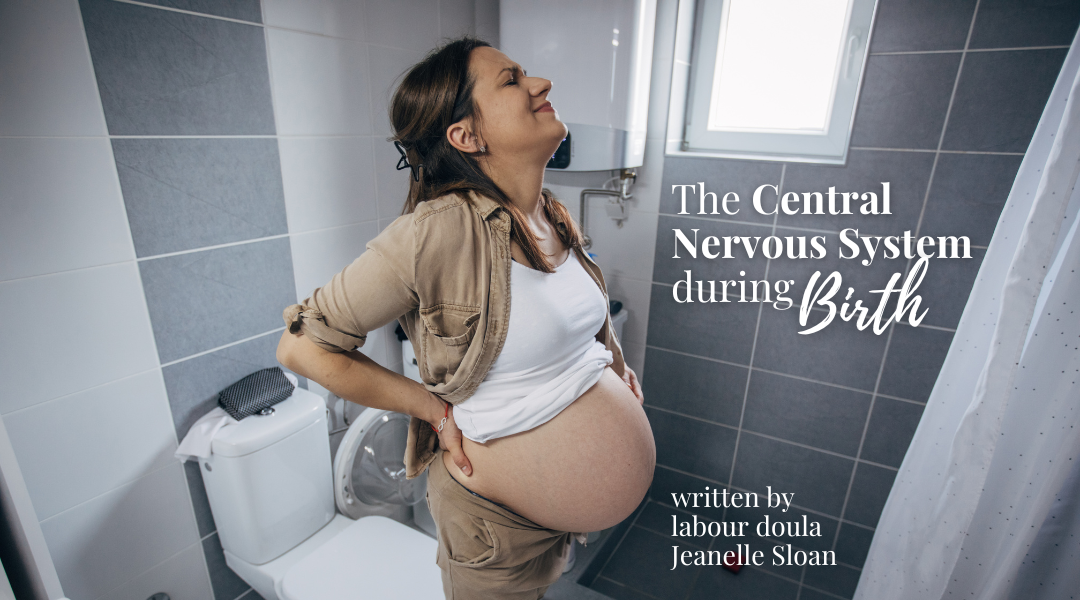
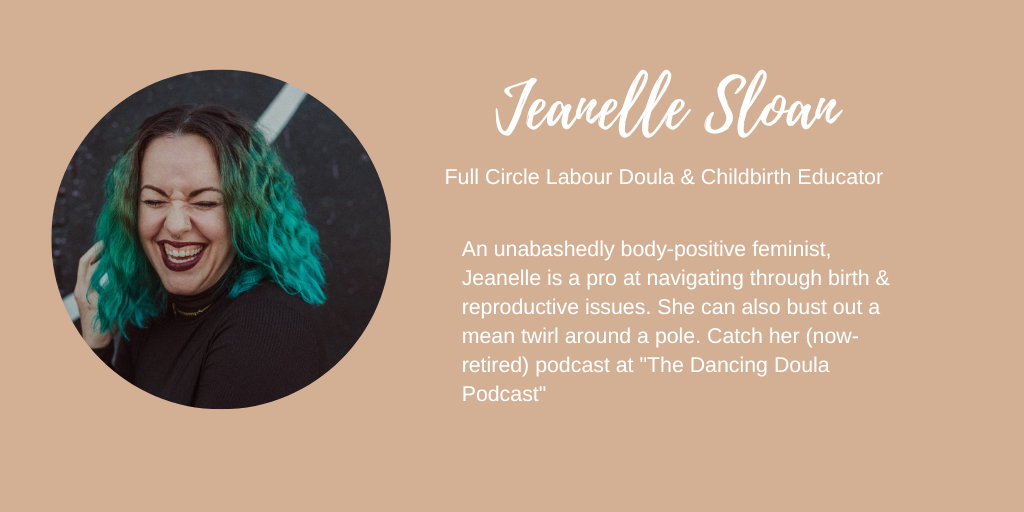
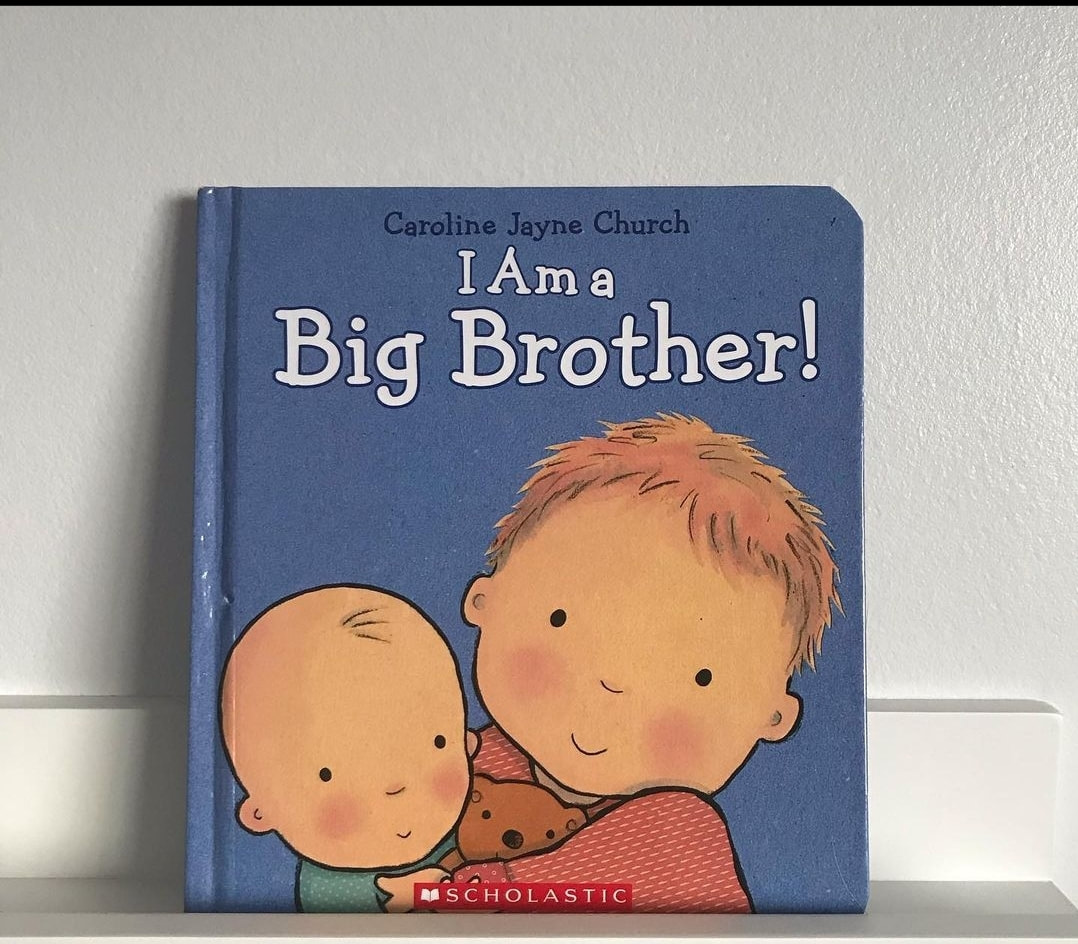
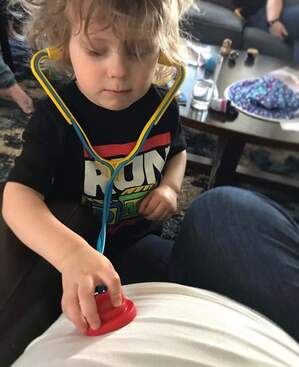
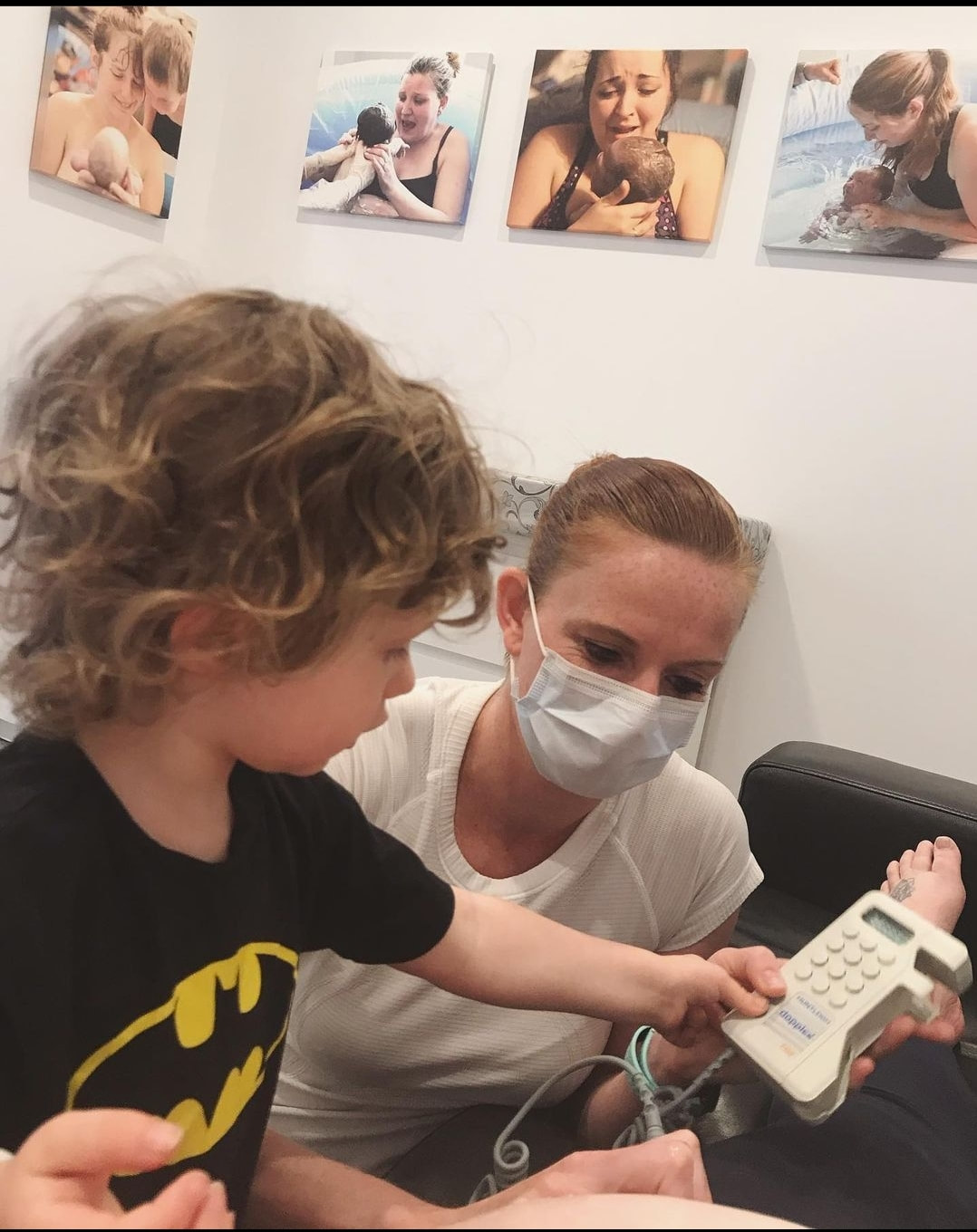
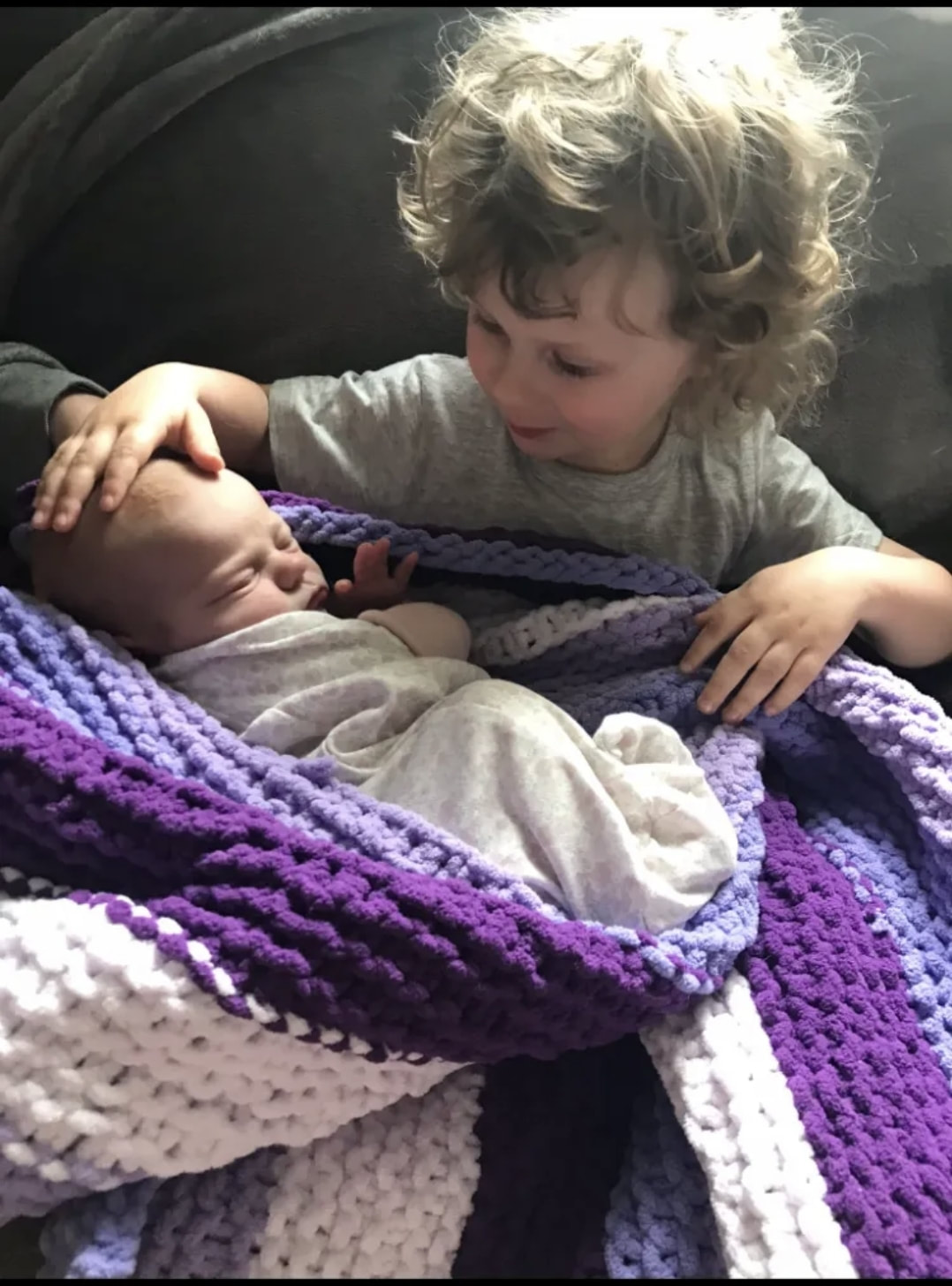
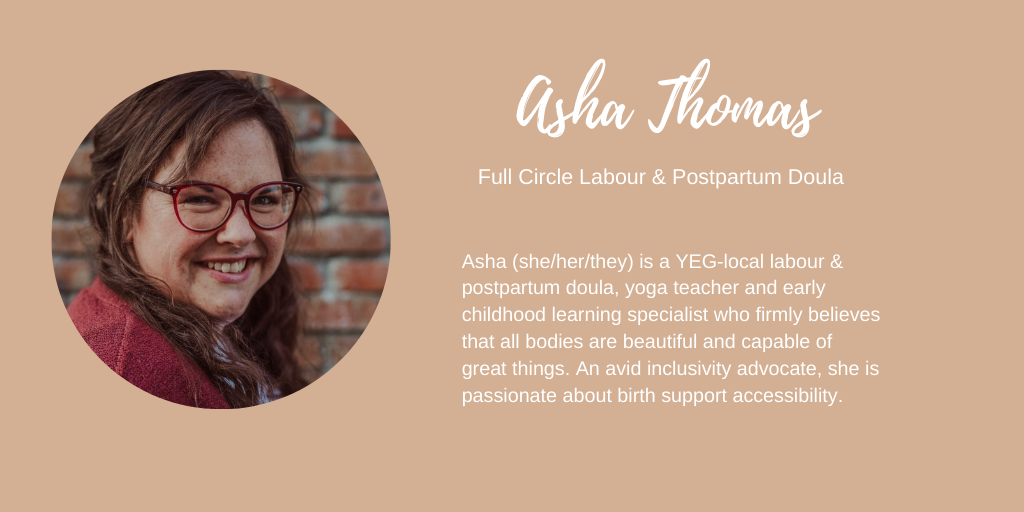
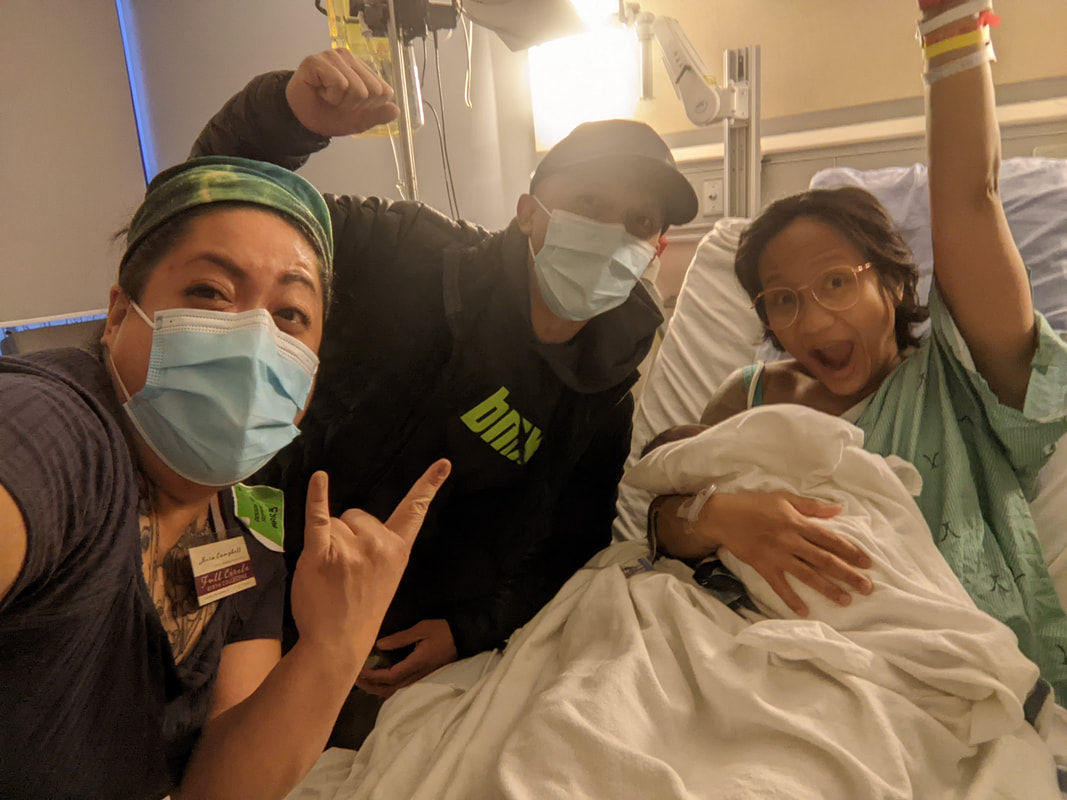
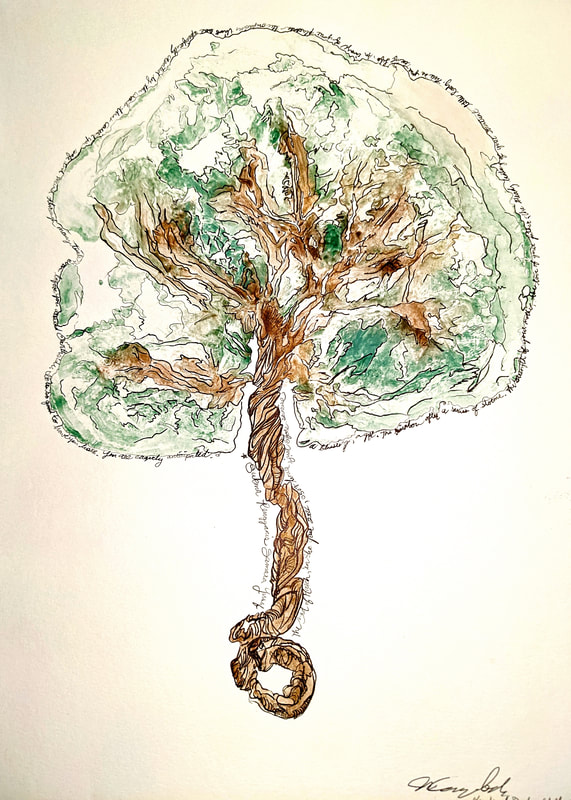

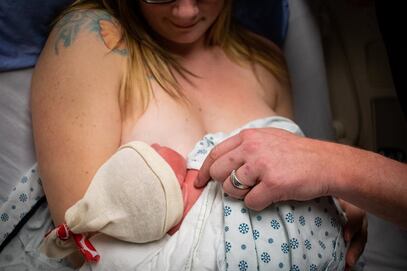

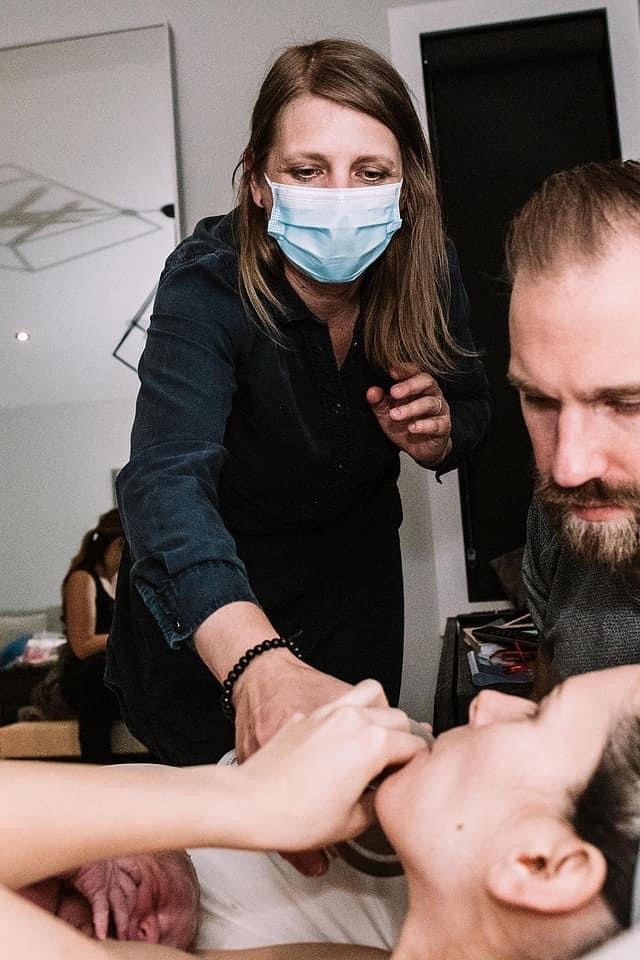
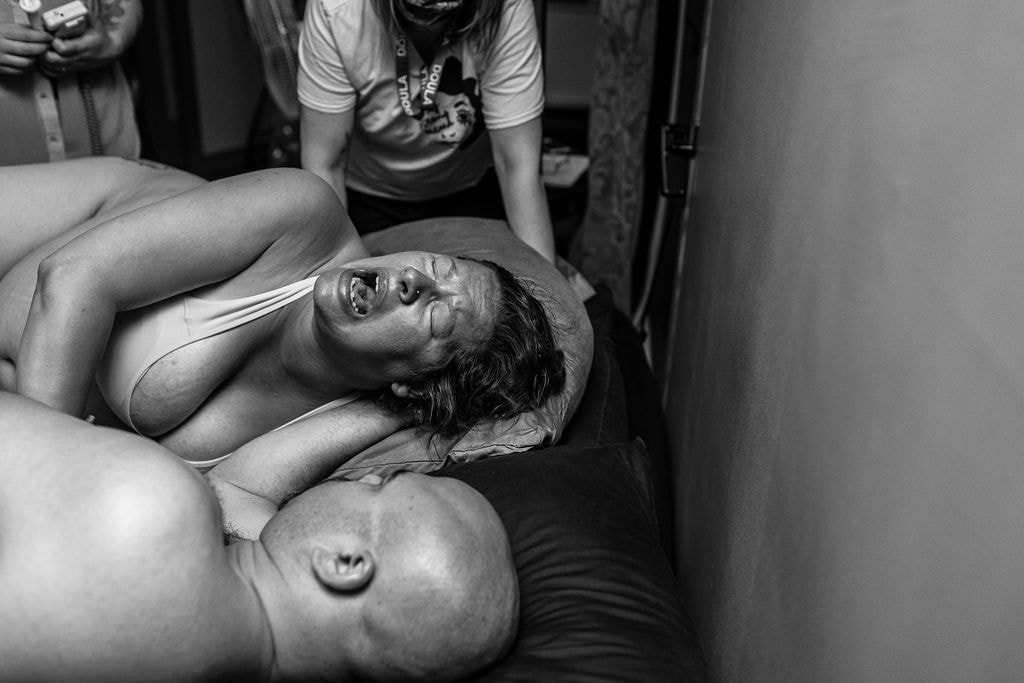
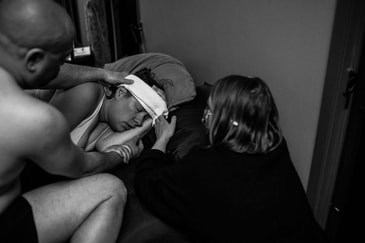
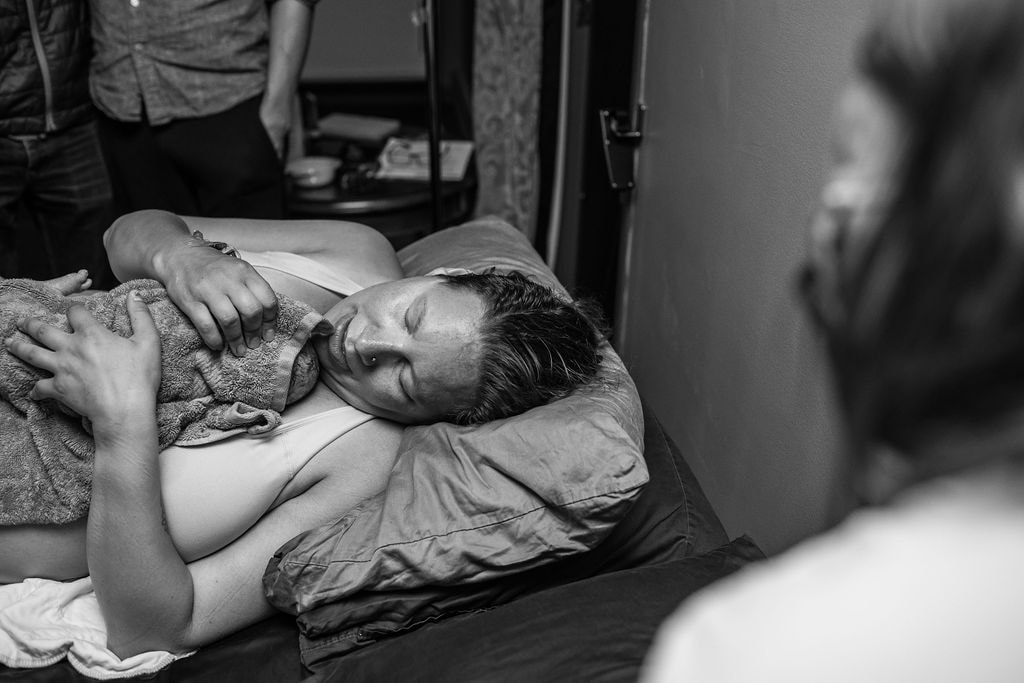
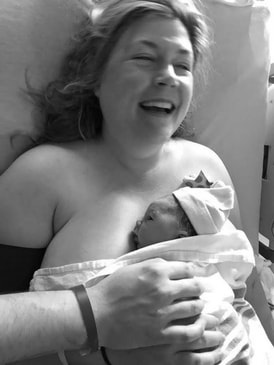
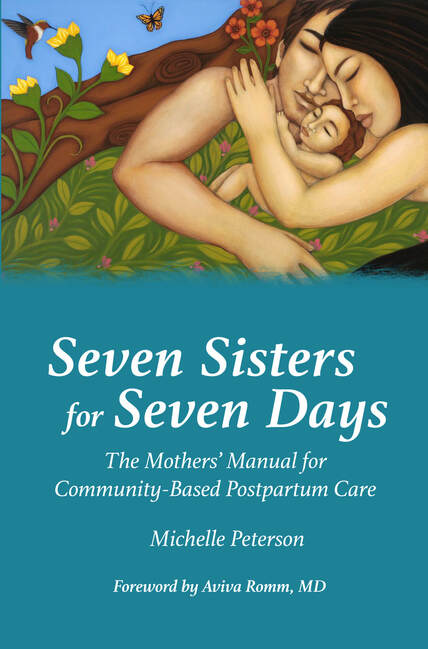

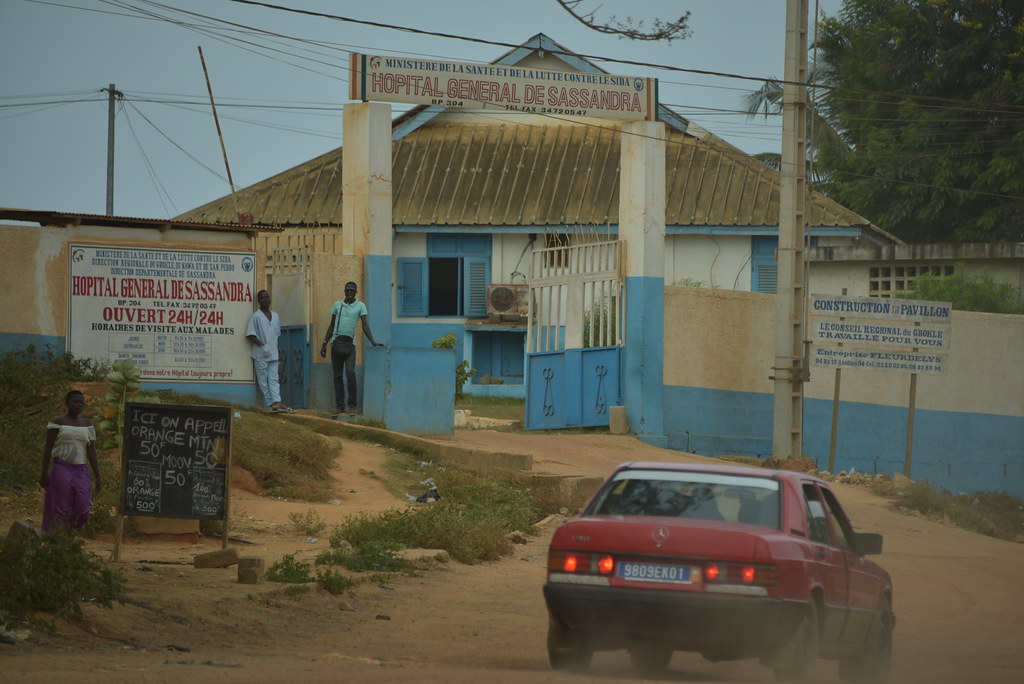
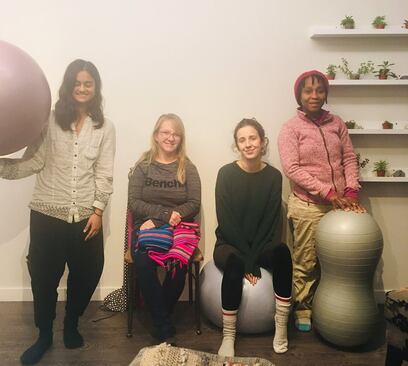
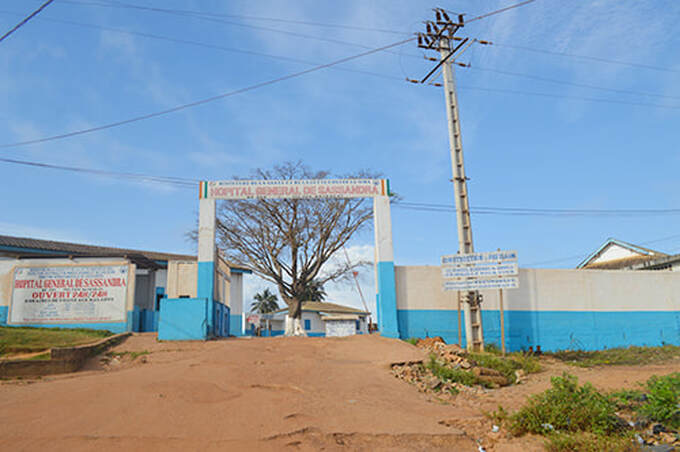
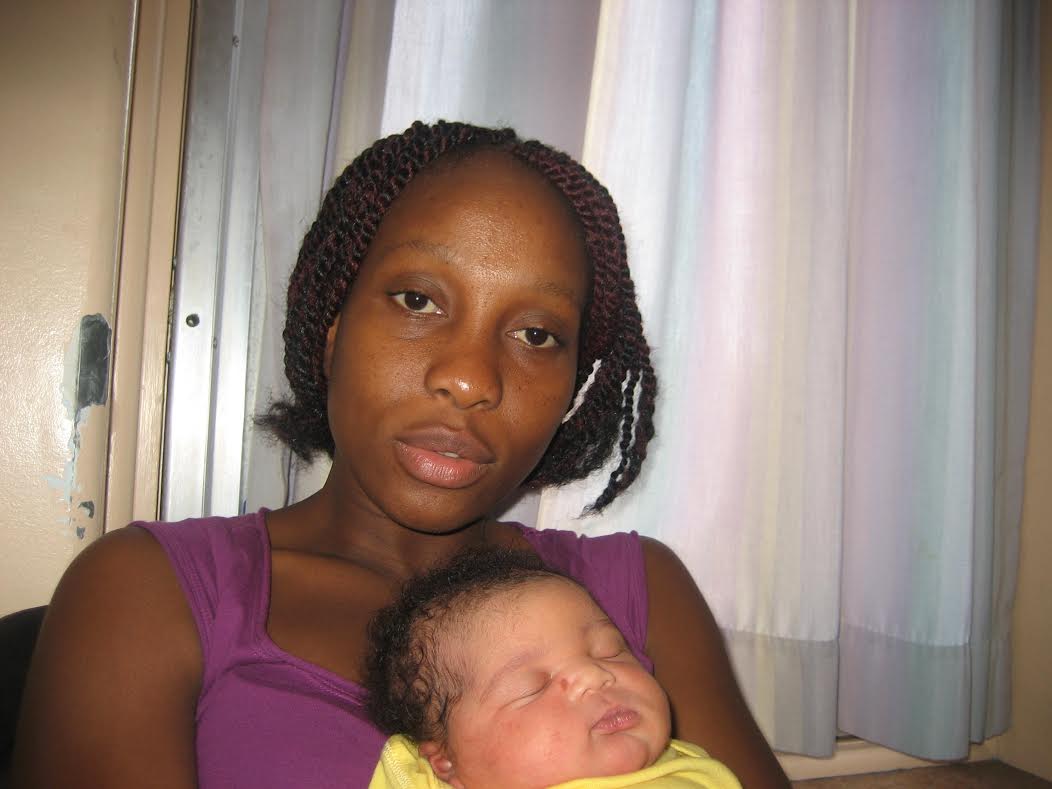
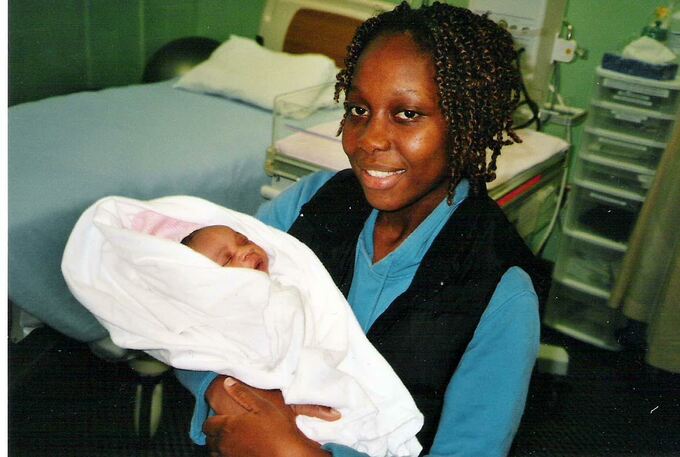
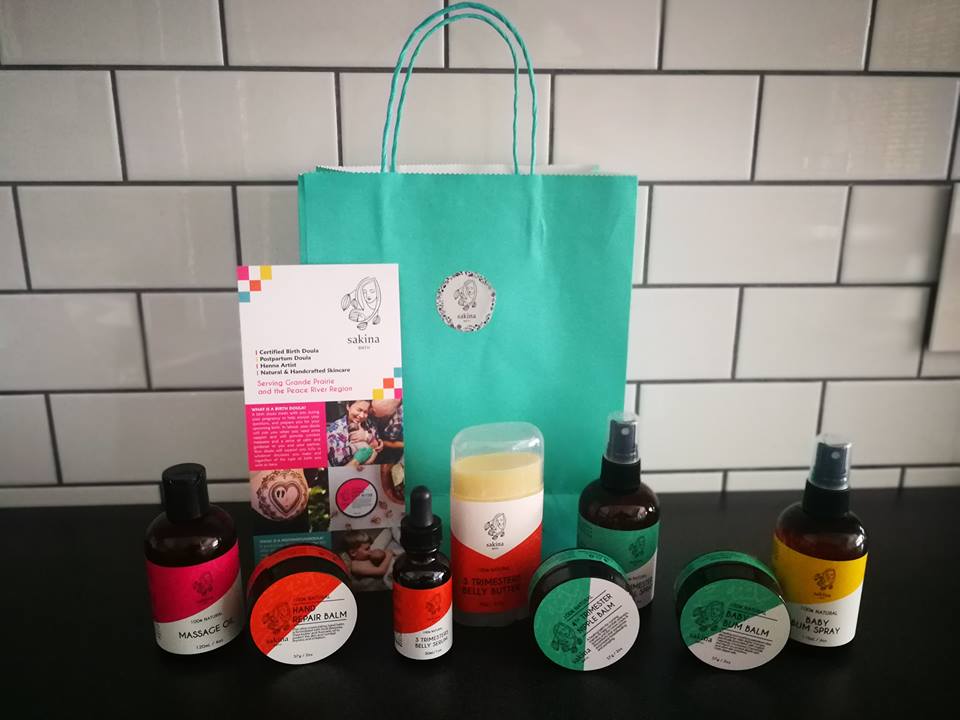
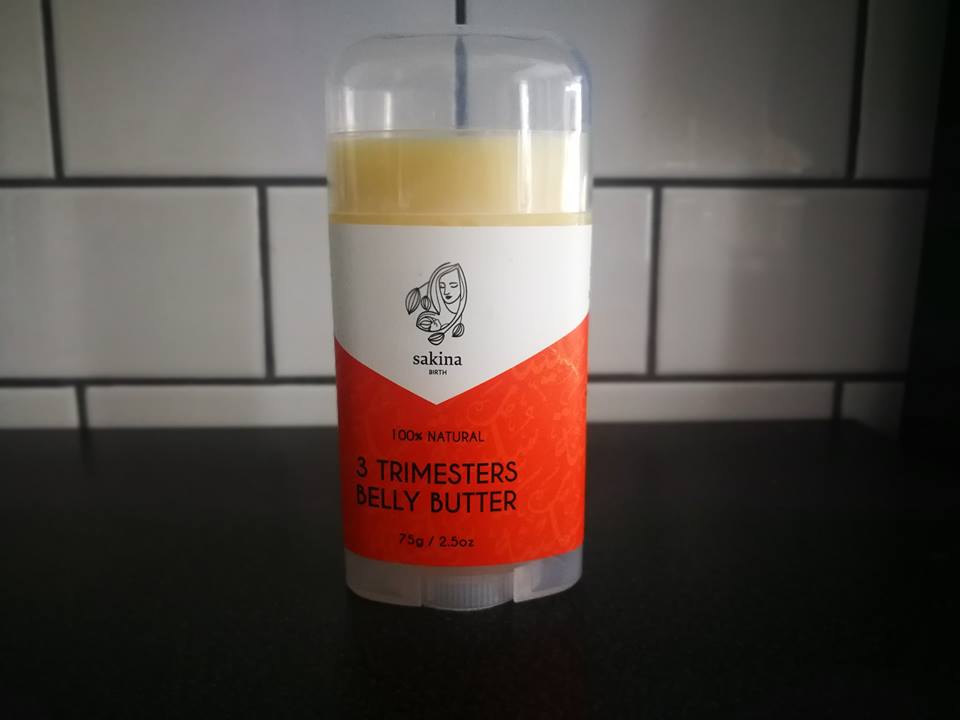
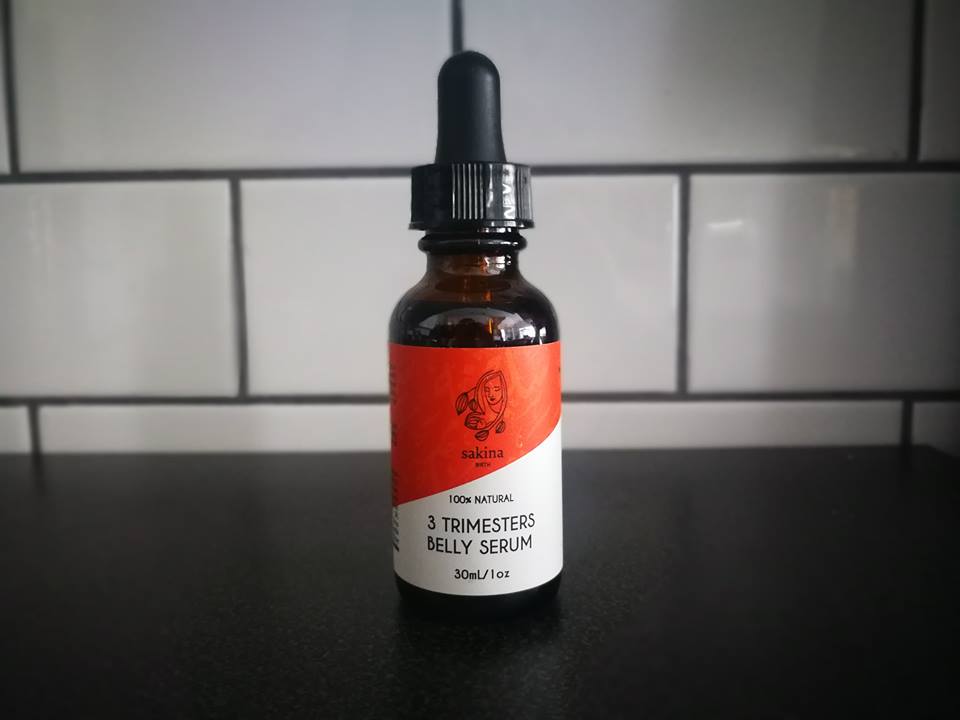
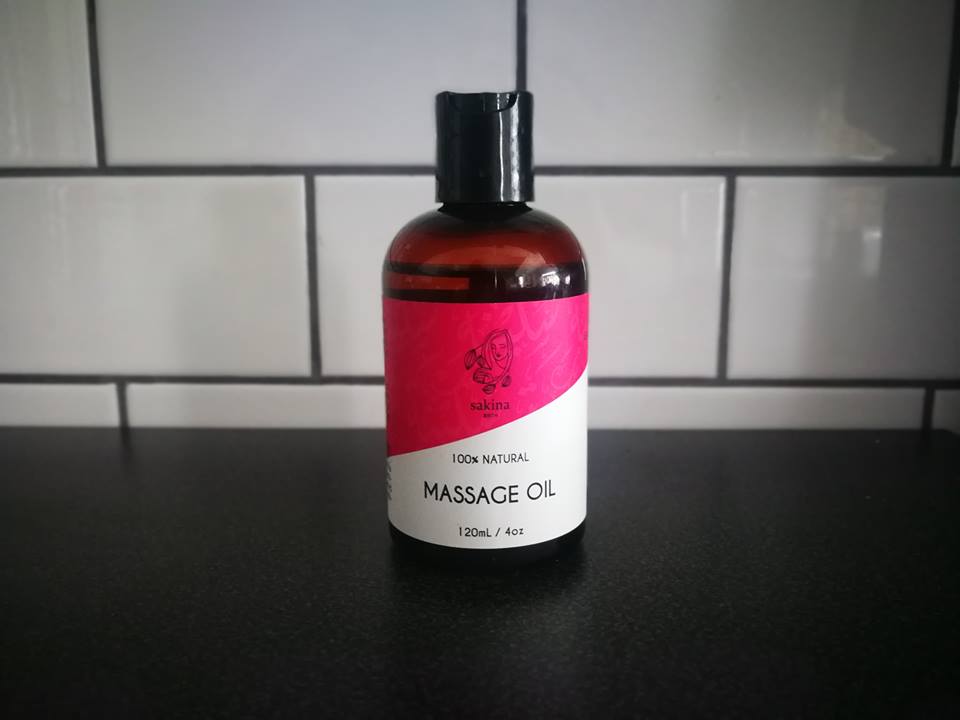
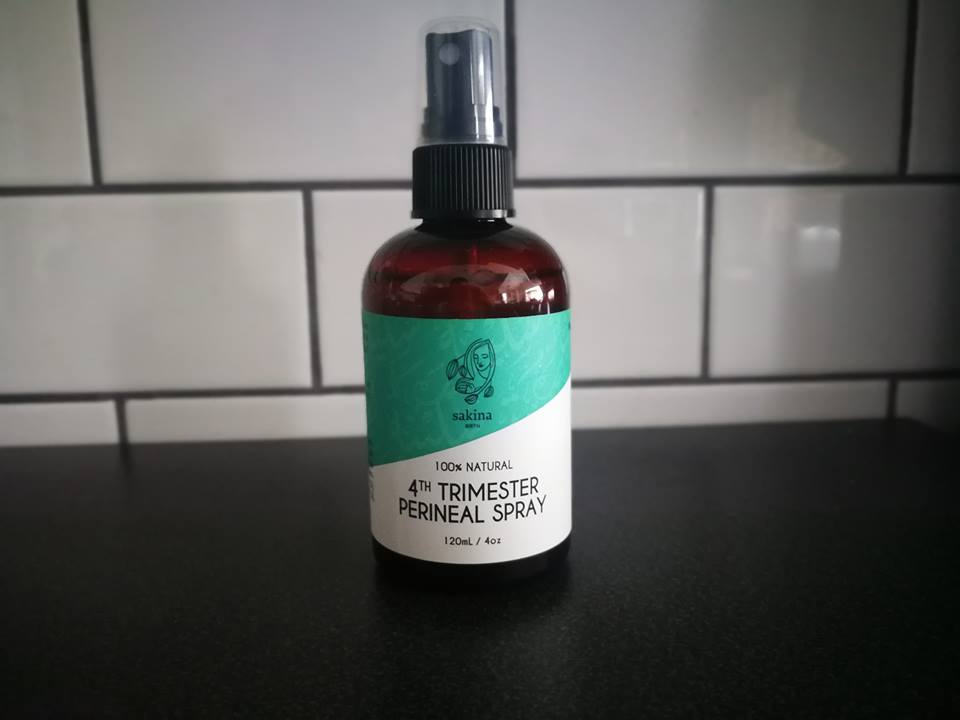
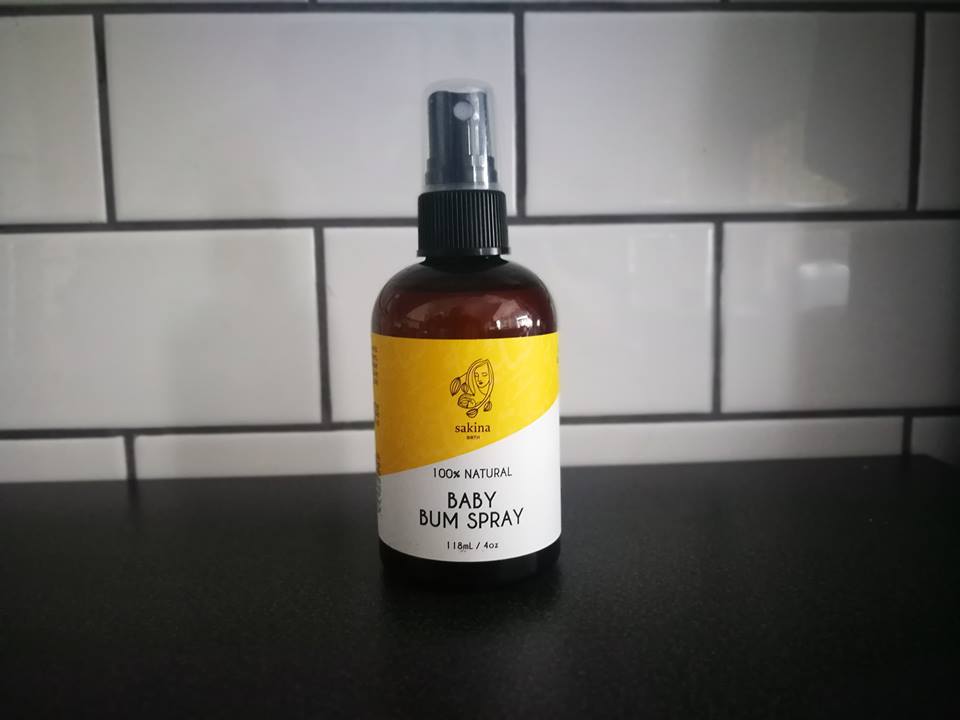
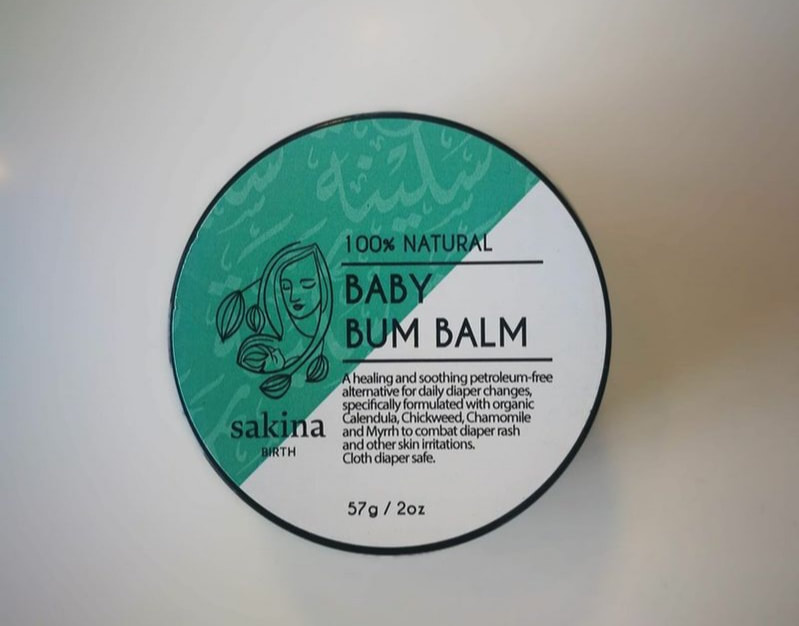
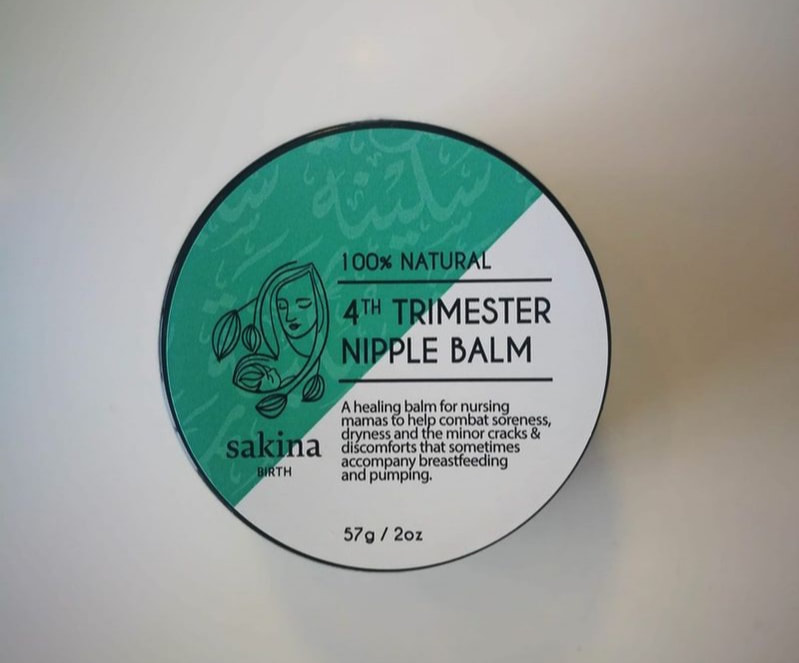
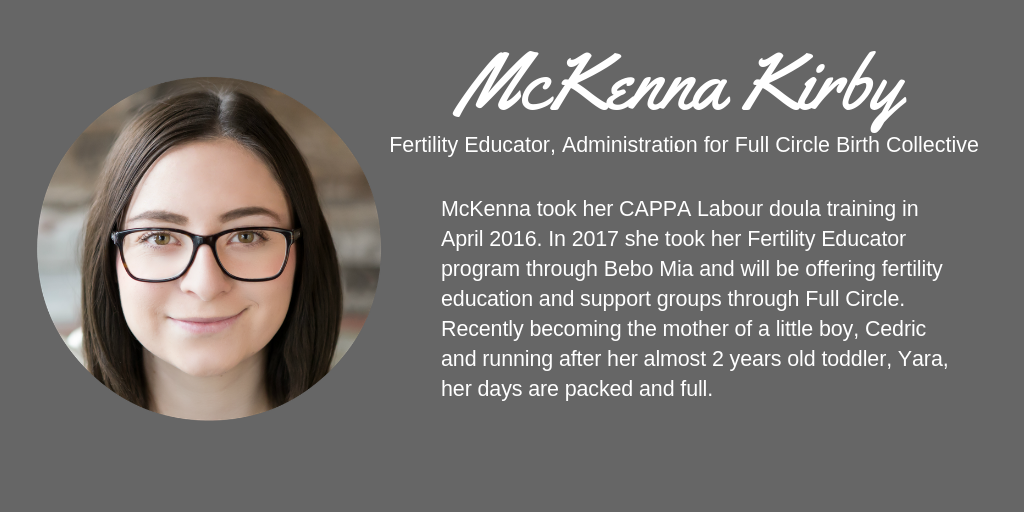
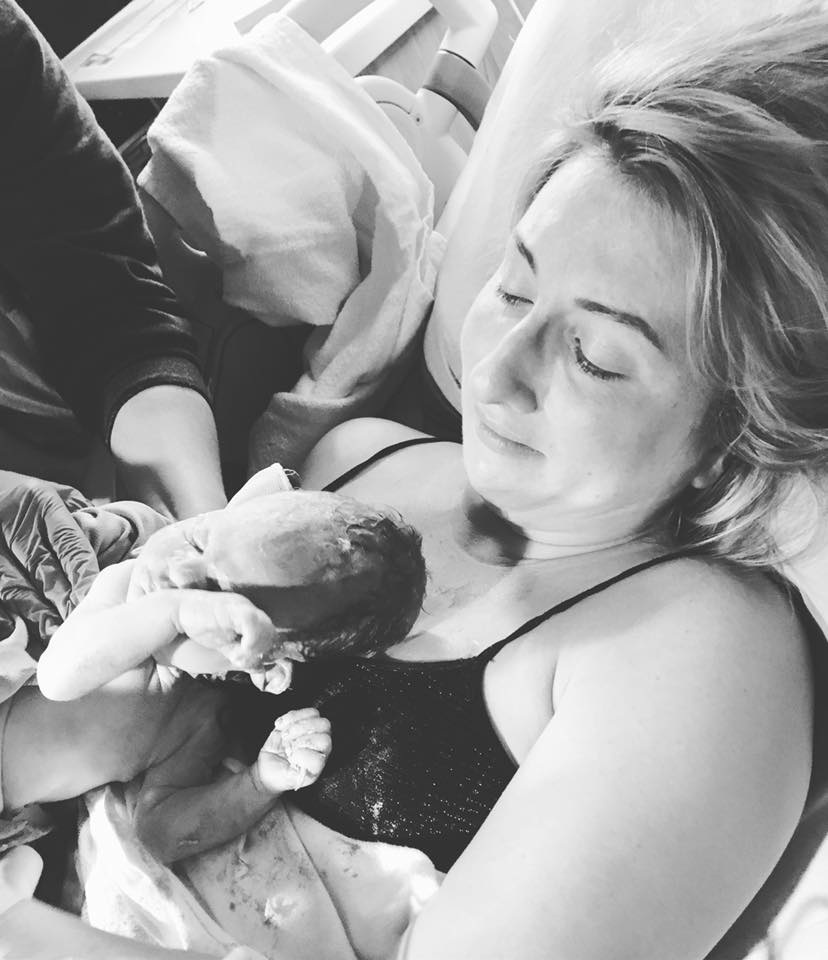
 RSS Feed
RSS Feed